Cyberpunk 2077 (2020)
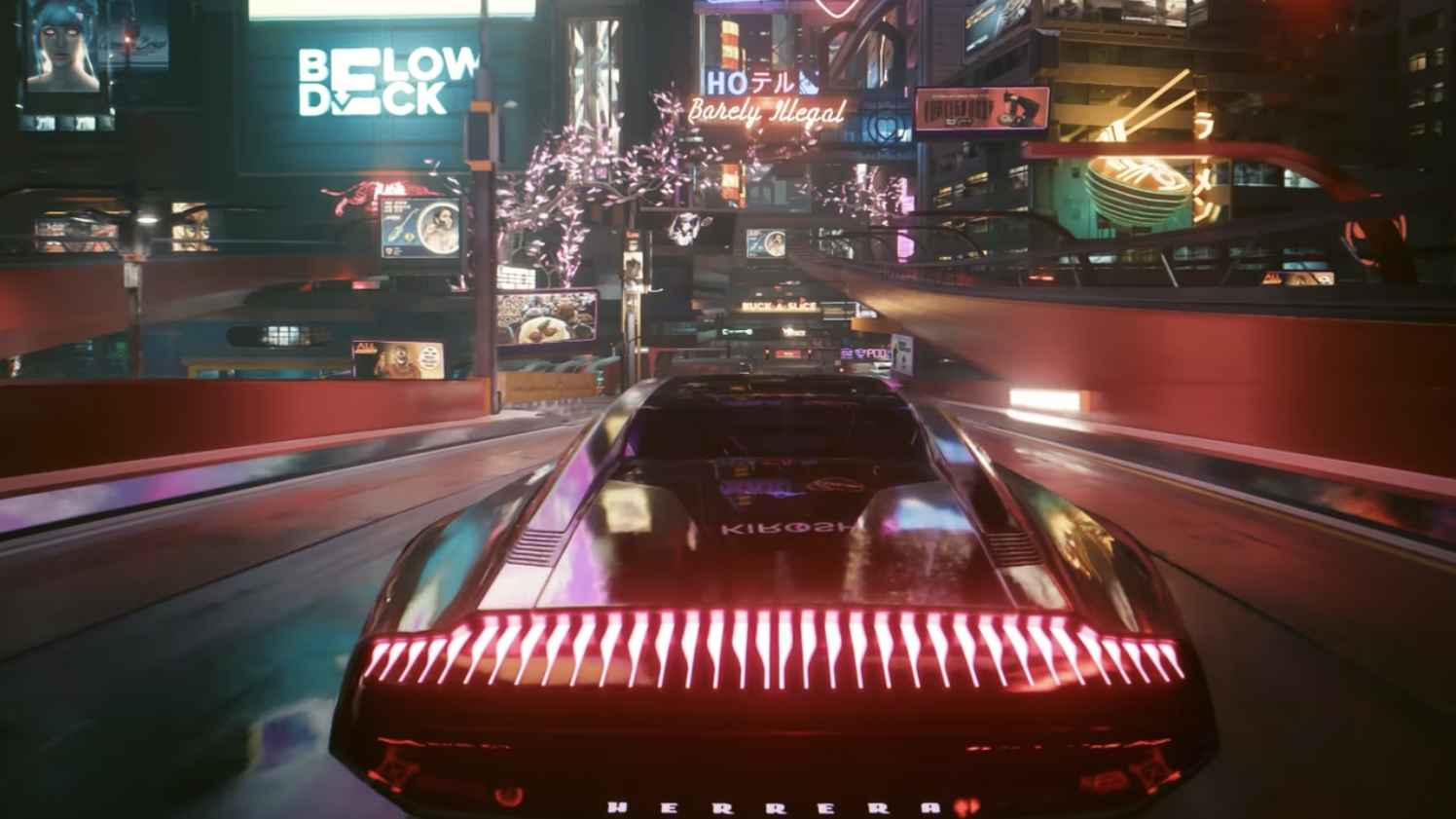
While Cyberpunk received positive pre-release reviews, it quickly transpired that this was because console versions of the game hadn’t been shared with journalists. This probably wasn’t an accident. Once the game was released, players quickly discovered that it was essentially incapable of running on anything but the newest consoles, forcing Sony to recall the game in the face of an overwhelming backlash.
E.T. The Extra-Terrestrial (1982)
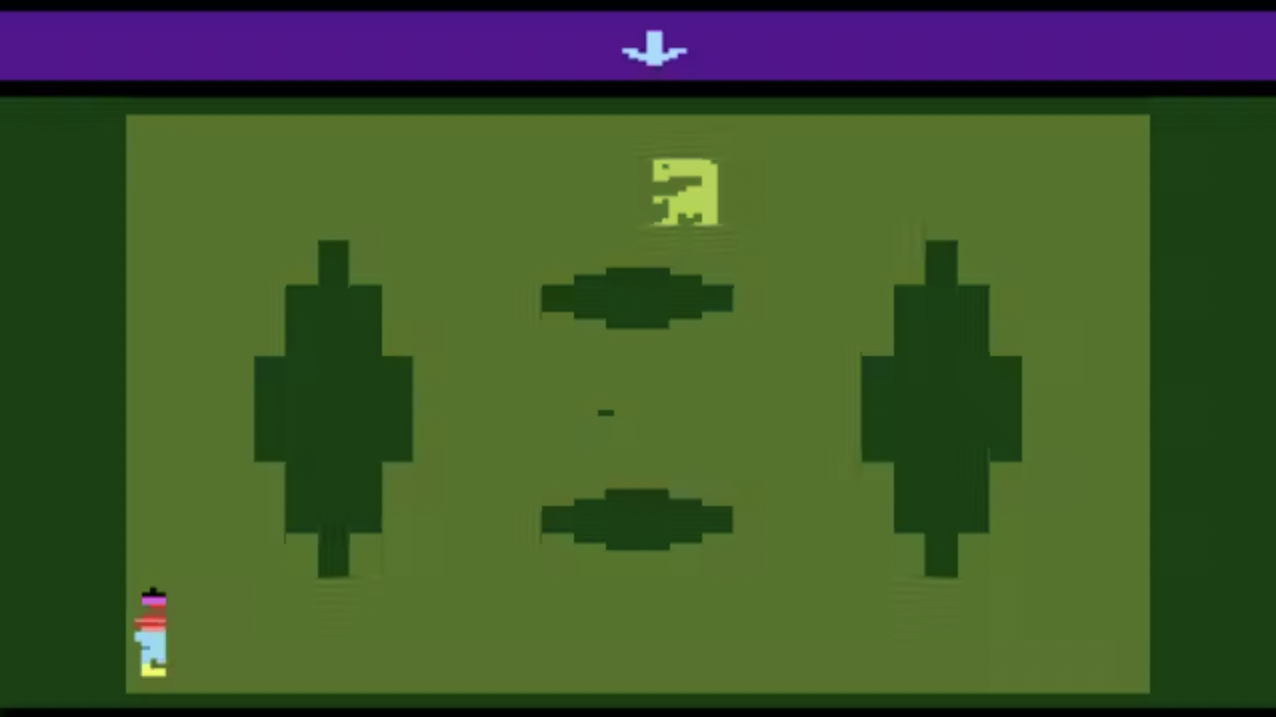
E.T. The Extra-Terrestrial is often pointed to as one of the reasons that gamers began to abandon Atari in the early 80s, leading to the company’s eventual crash. Banking on the fact that gamers would buy new offerings regardless of quality, Atari put virtually no effort into the game, and it showed. E.T. is widely considered the worst game of all time, thanks to its horrible graphics and borderline unplayability.
Stalin vs. Martians (2009)
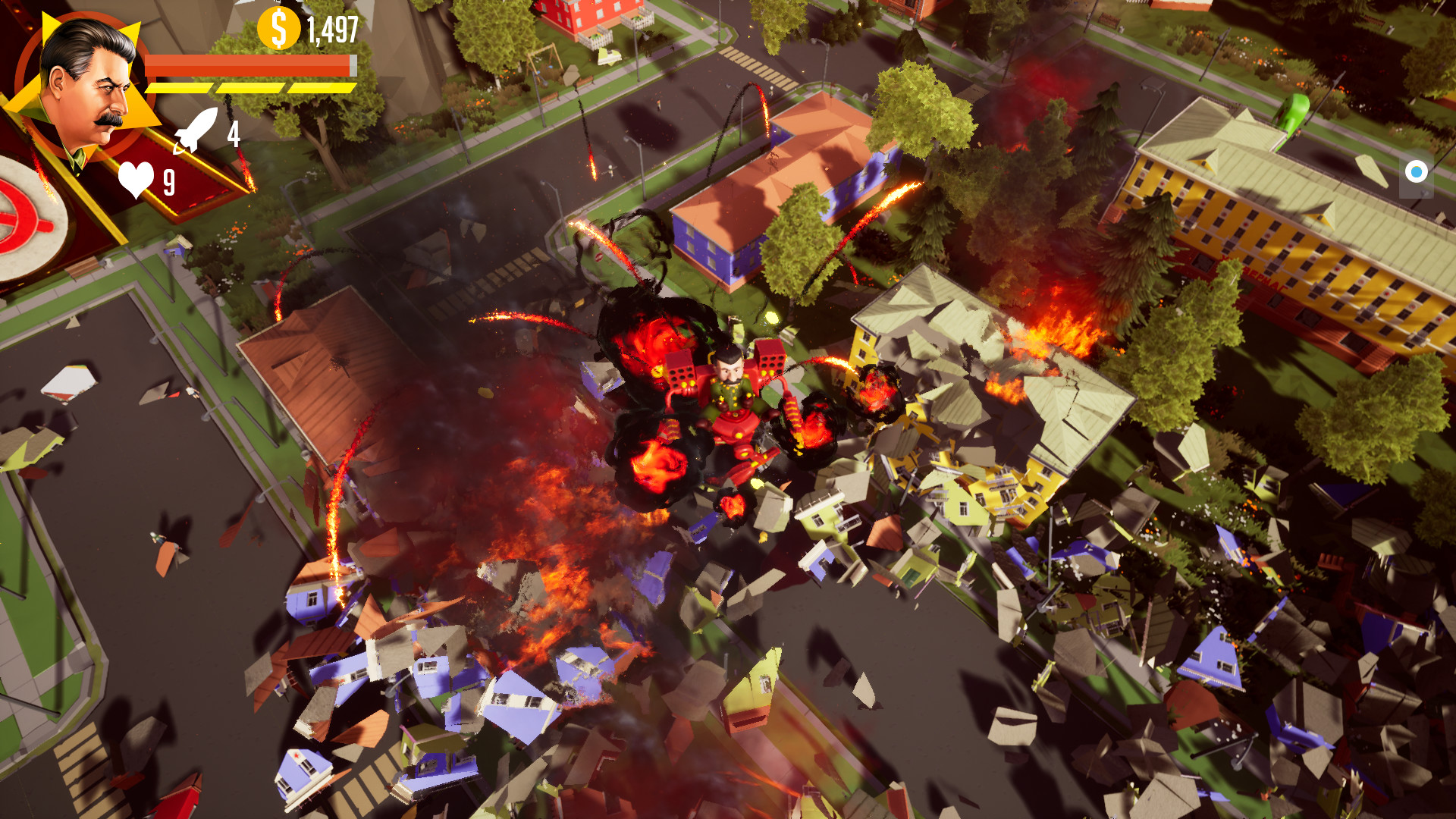
A real-time strategy game that parodied The Second World War with Monty Python-inspired humour, Stalin vs. Martians suffered from two terminal problems: it wasn’t funny, and it wasn’t a good game. In their review, GameSpot branded the title “perhaps the worst RTS game ever created,” a sentiment shared by gamers and critics alike.
Aliens: Colonial Marines (2013)
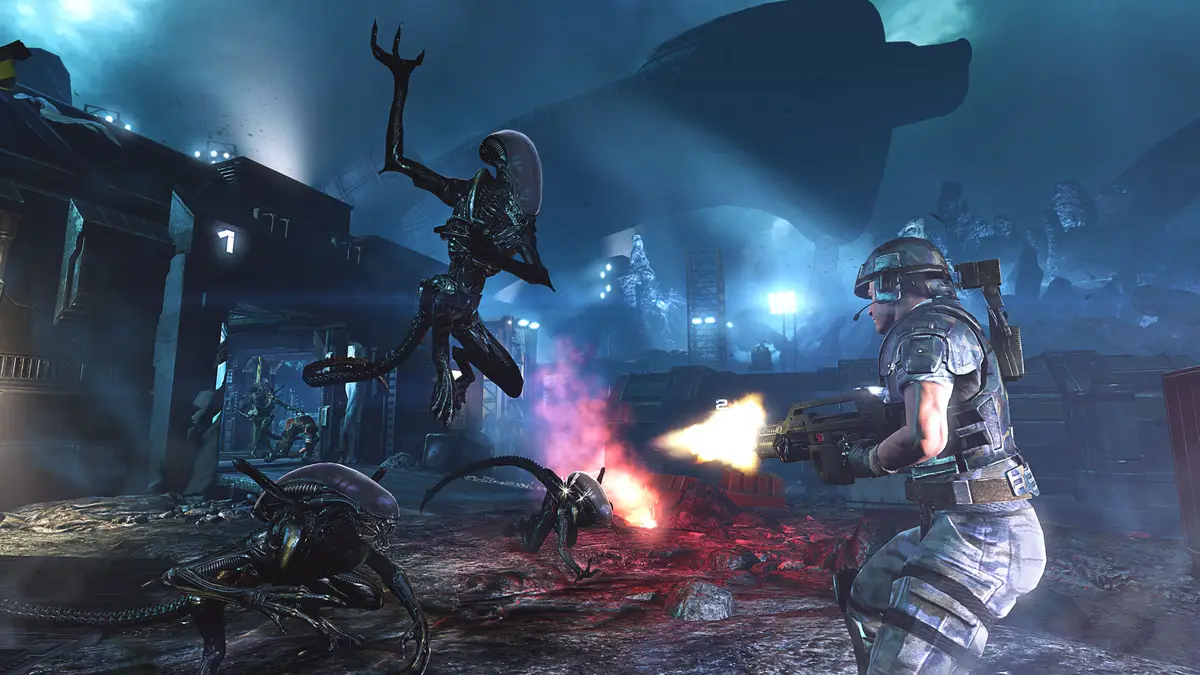
Despite the fact that the makers of Aliens: Colonial Marines had promised the game would fall in line with the canon established by the movies, it didn’t take long for fans of the franchise to start criticizing it for inconsistencies. The gameplay was also plagued with issues, chief of which was terrible AI, which frequently made the Xenomorph behave like it had been lobotomized.
No Man’s Sky (2016)
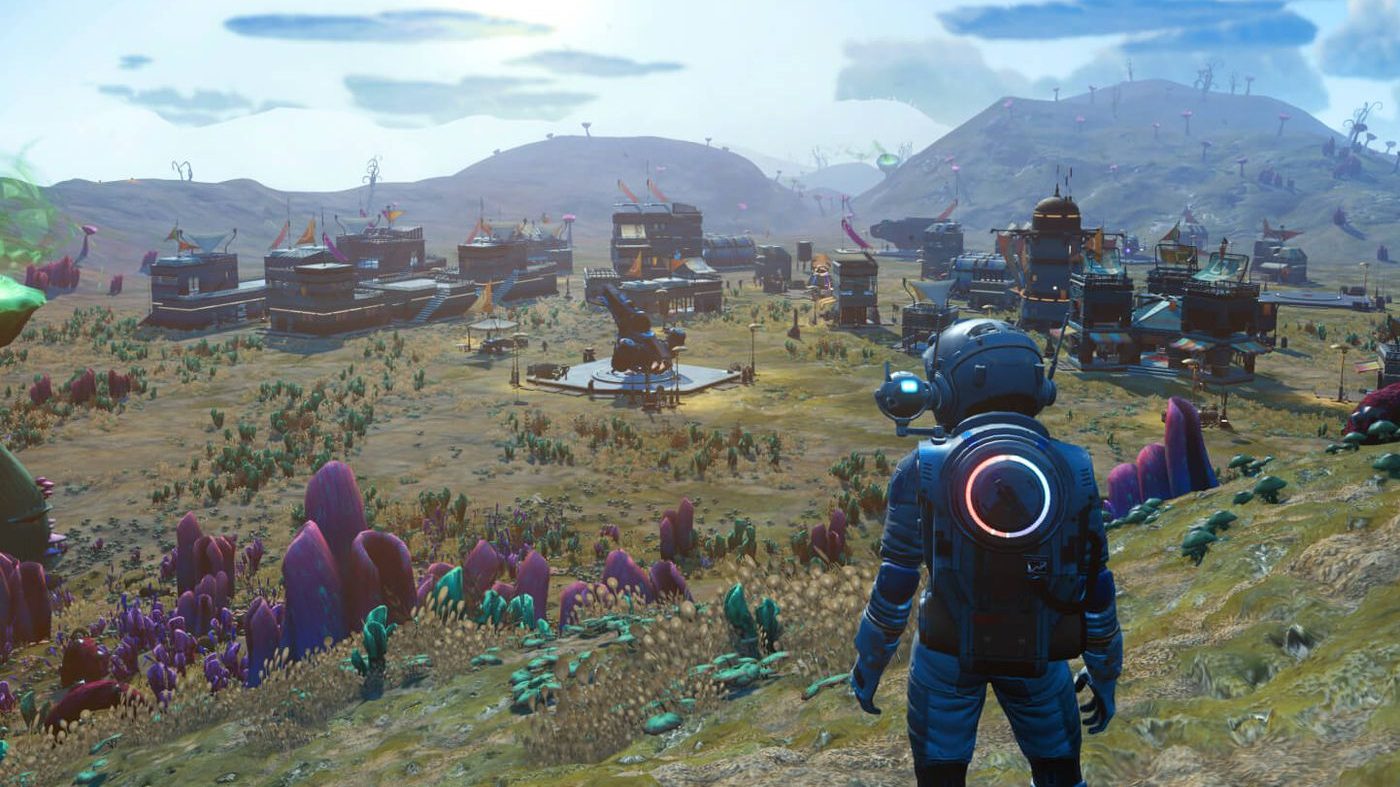
It’s hard to overstate the hype that the makers of No Man’s Sky accidentally generated before the game’s release. So when players finally got their hands on the game, only to discover that most of the promised features were absent, the backlash was swift and furious. In fairness to the developers, they then worked overtime to make good on their initial promises, and the game is now well-regarded.
Rogue Warrior (2009)
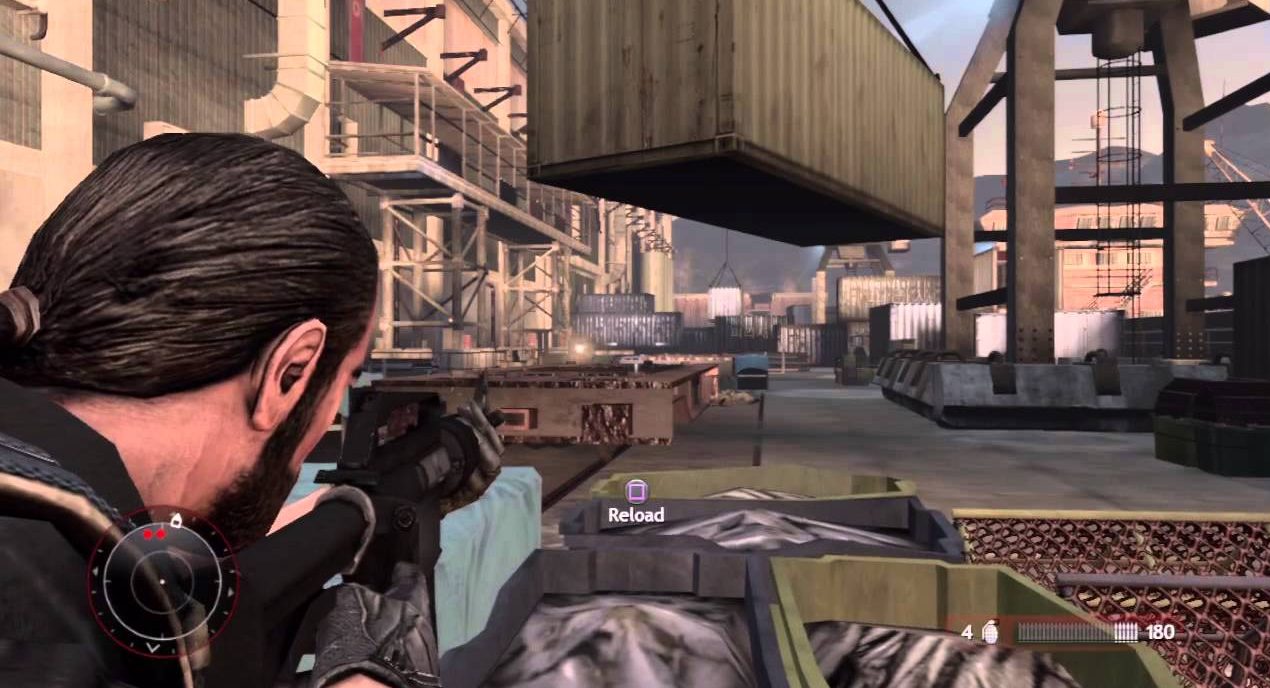
After Bethesda lost faith in Zombie Studios – the studio initially tasked with developing Rogue Warrior – they drafted in Rebellion Development to rebuild the game from scratch. It’s safe to say they regretted their decision. Rogue Warrior was immediately eviscerated upon release, largely due to its protagonist, who might just be the most unlikeable character in the history of gaming.
Action 52 (1991)
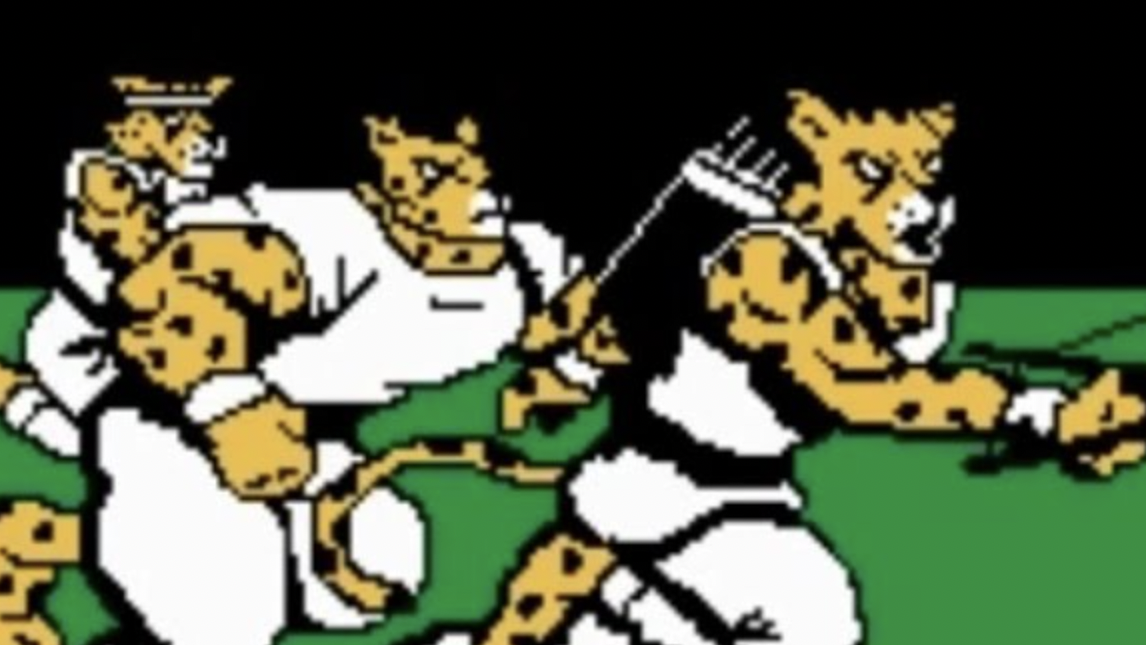
Released for the NES in 1991, Action 52 contains 52 separate games, encompassing a variety of genres. Considering the game cost a whopping $199, players were unimpressed to find out that some of the individual games just flat-out didn’t work, while others were impossible to complete. Those that did work were riddled with bugs, leading Atari HQ to brand the game “really, horribly, incredibly bad.” Yikes.
Tony Hawk’s Pro Skater 5 (2015)
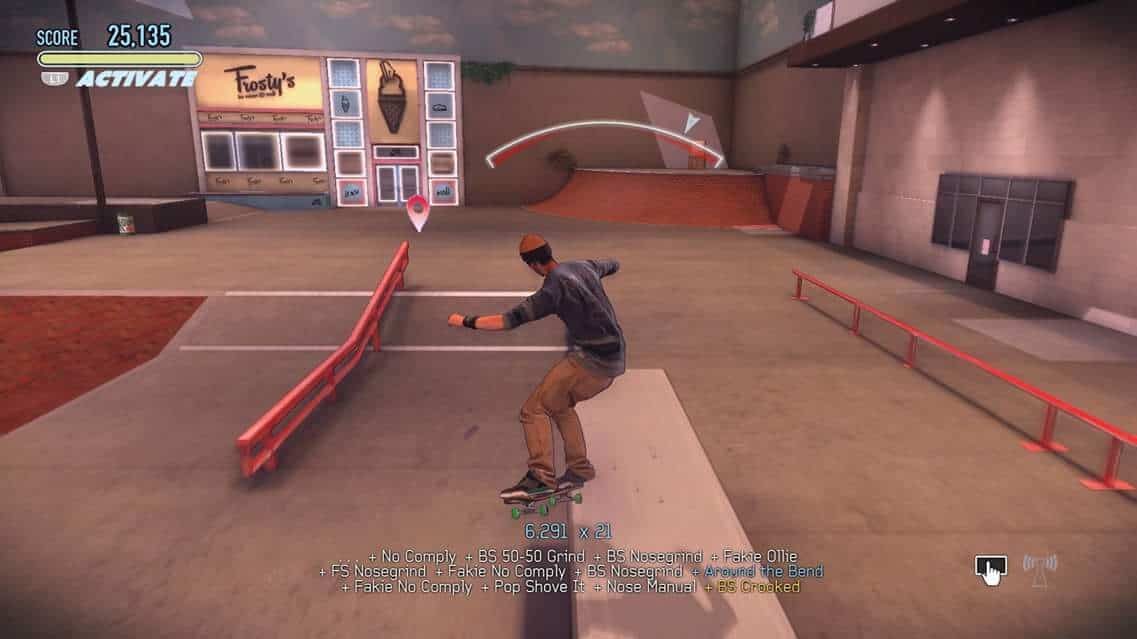
With the licensing deal between Activision and Tony Hawk set to expire at the end of 2015, a final game was hastily rushed out to cash in on the franchise’s legacy. The result was Tony Hawk’s Pro Skater 5, a mess of broken physics, environmental clipping and badly designed levels. Fans also lamented the complete lack of skater attitude that had made the previous instalments so irresistible.
Night Trap (1992)
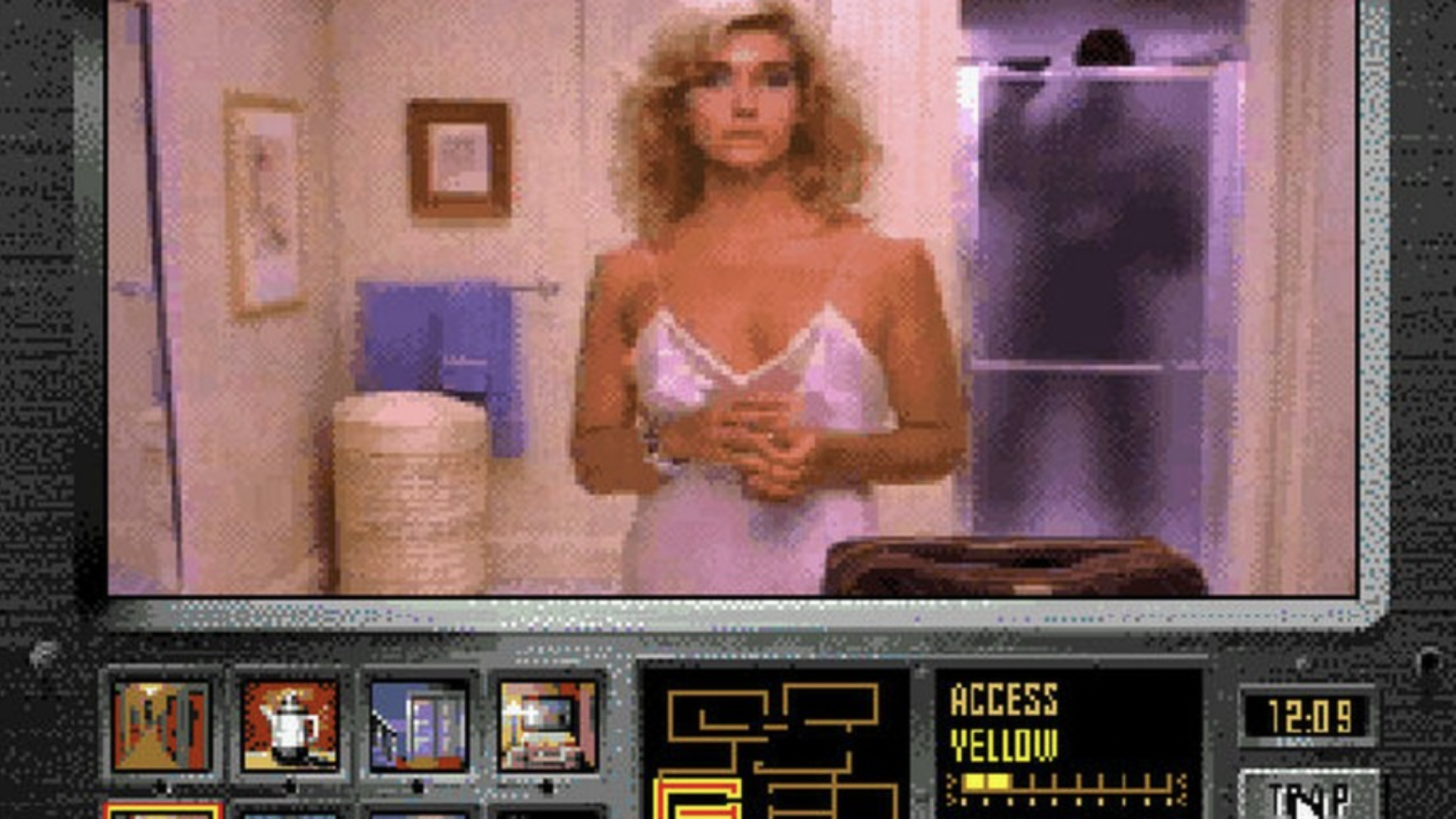
The first attempt to make an interactive movie video game for the Sega CD, Night Trap gained notoriety after it was singled out by the US Senate for its depictions of violence. While Night Trap deserves some points for trying to innovate, it’s still considered one of the most awful games ever released due to its painfully boring gameplay.
Custer’s Revenge (1982)
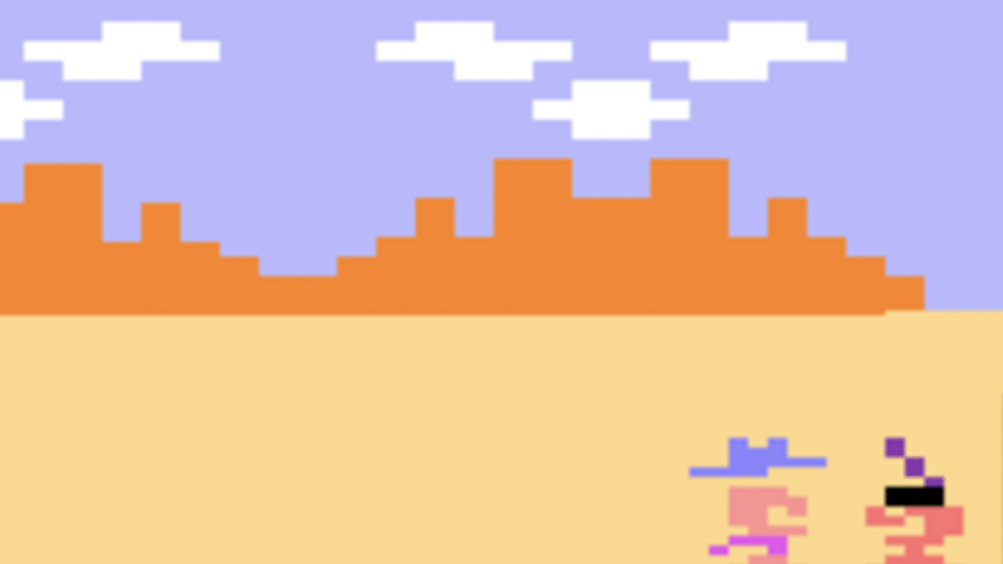
No list of the worst games of all time would be complete without Custer’s Revenge, an unlicensed Atari game released by American Multiple Industries in 1982. The game – which has rightfully been labelled by critics as “shameful,” “a disgrace” and “an affront to common decency” – revolves around assaulting a restrained Native American woman.
Pac-Man for the Atari 2600 (1982)
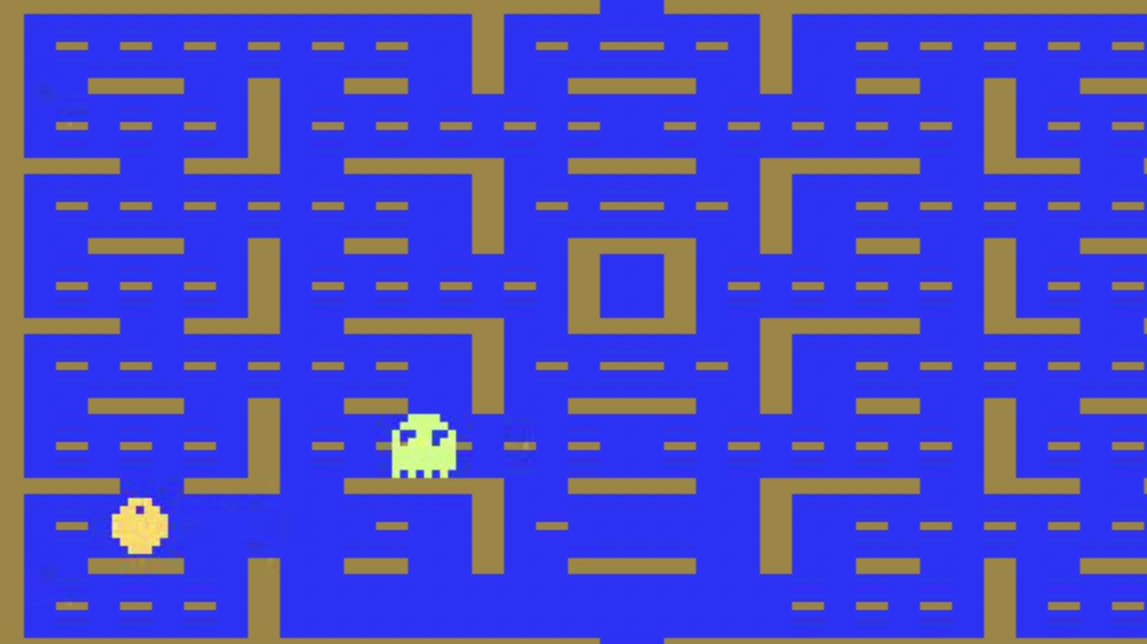
When Namco released their Pac-Man arcade game in 1980, it was nothing short of revolutionary. The attempt to port the game to the Atari 2600, on the other hand, was nothing short of disastrous. The console’s hardware limitations forced developers to radically simplify the mazes, but that still wasn’t enough, and the game was lambasted for its rampant glitches.
Dr. Jekyll and Mr. Hyde (1988)
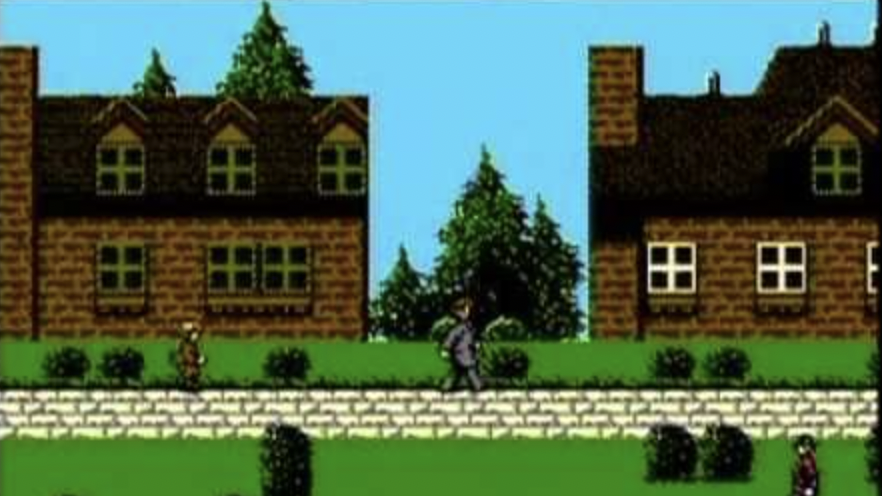
Released shortly after the end of the video game crash of the 80s, Dr. Jekyll and Mr. Hyde didn’t have much in the way of competition, which probably explains why its initial reviews were decent. Since then, however, it has come to be regarded as one of the worst games ever made, thanks to a combination of terrible visuals, nonsensical gameplay mechanics and an incredibly boring storyline.
Battlefield 2042 (2021)
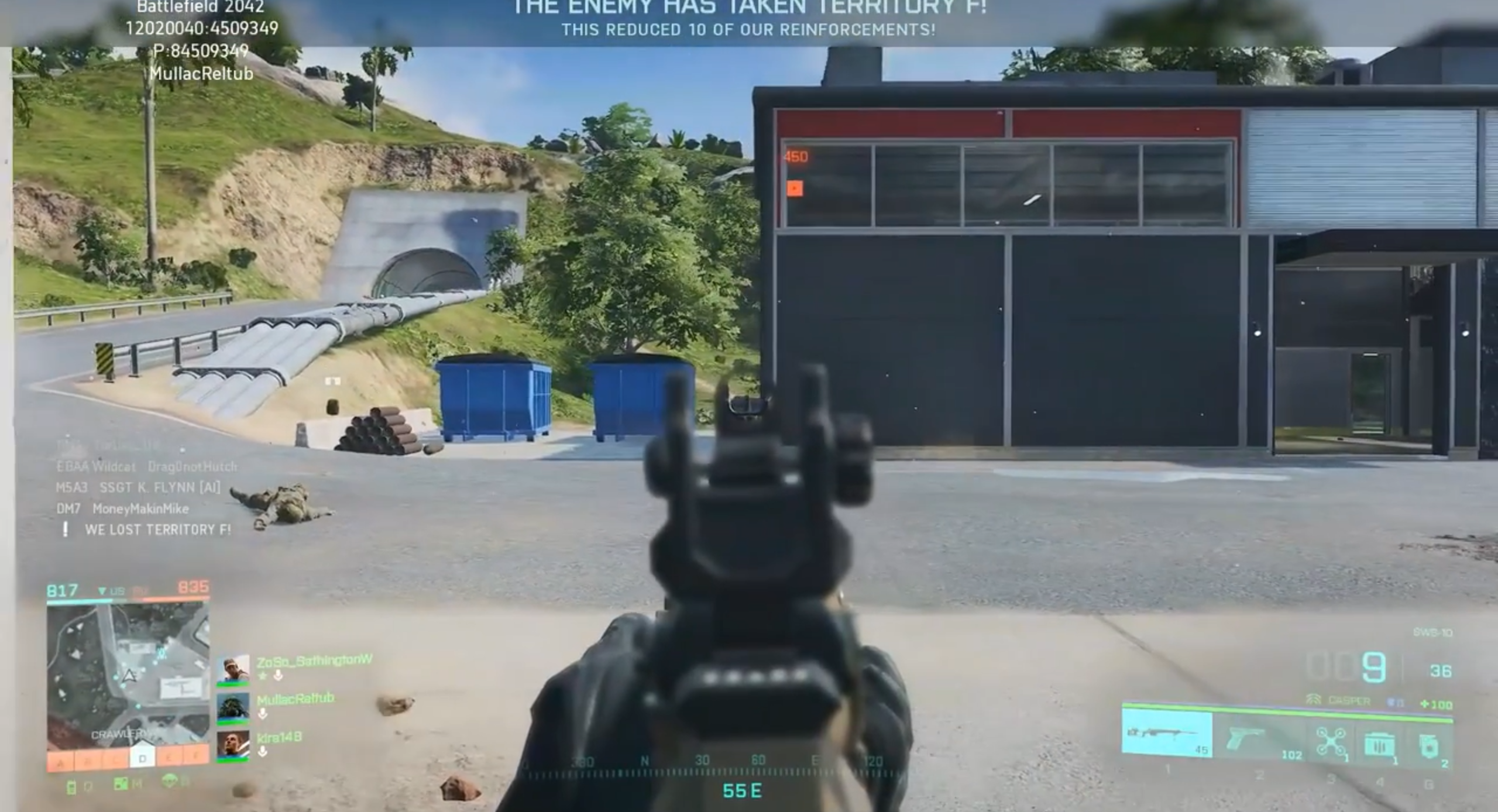
The Battlefield franchise has spawned some of the best first-person shooters in the history of gaming, so hopes were high for Battlefield 2042. Then, DICE announced that it was dropping the single-player campaign and stripping away some of the core features that had made the franchise so fun. What players got instead was a buggy, cobbled-together effort that sparked widespread outrage.
Hotel Mario (1994)
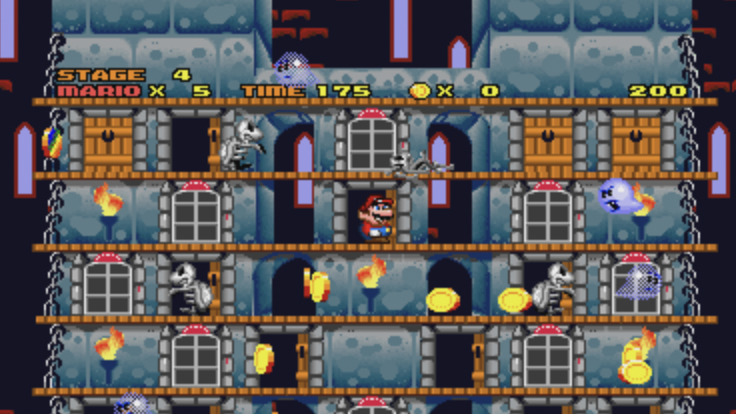
After Nintendo licensed Mario to Philips, the company wasted no time using the character to create one of the worst games ever made. Ostensibly a puzzle game, Hotel Mario was plagued by terrible animations that made it incredibly difficult to play. Critics also singled out the cutscenes for particular derision, with IGN quipping that they looked like they’d been made in Microsoft Paint. Ouch.
Bubsy 3D (1996)
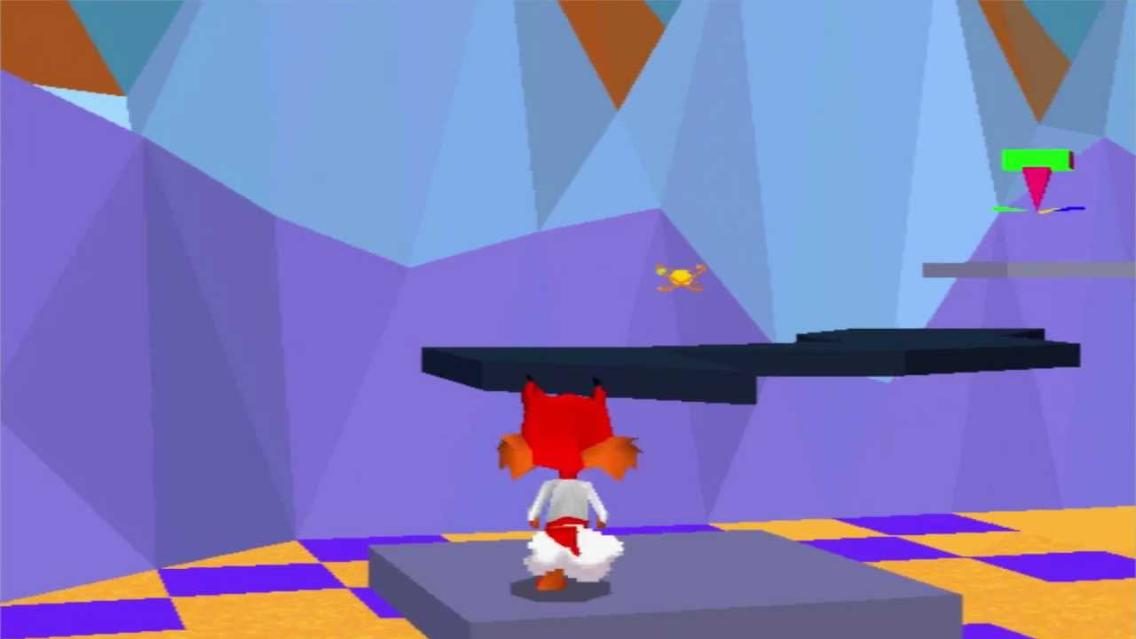
Widely considered a cheap knockoff of Super Mario 64 – which was released a few months prior – Bubsy 3D is one of the most universally detested games of all time. The hatred stems from the game’s combination of vertigo-inducing camera angles, dreadful sound design and unresponsive controls, which have been likened to playing with “a controller filled with mud.”
Shaq Fu (1994)
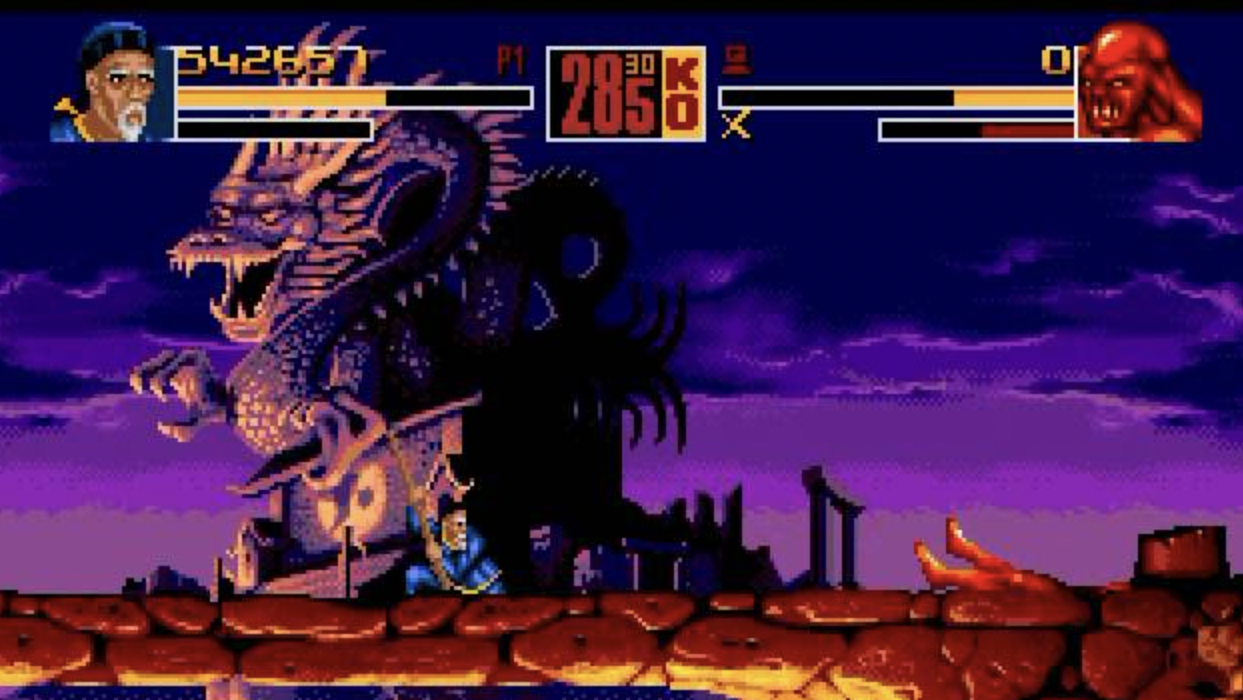
Shaquille O’Neal has signed on to some bizarre projects in his time (see: 1996’s Kazaam), but none weirder than Shaq Fu, a sidescrolling fighting game released in 1994. Critics skewered the game’s sluggish, unresponsive controls and tiny sprites, which made it incredibly difficult to differentiate between characters. Shaq Fu remains generally loathed, and a website even exists dedicated to the sole cause of locating and destroying every remaining copy.
SimCity (2013)
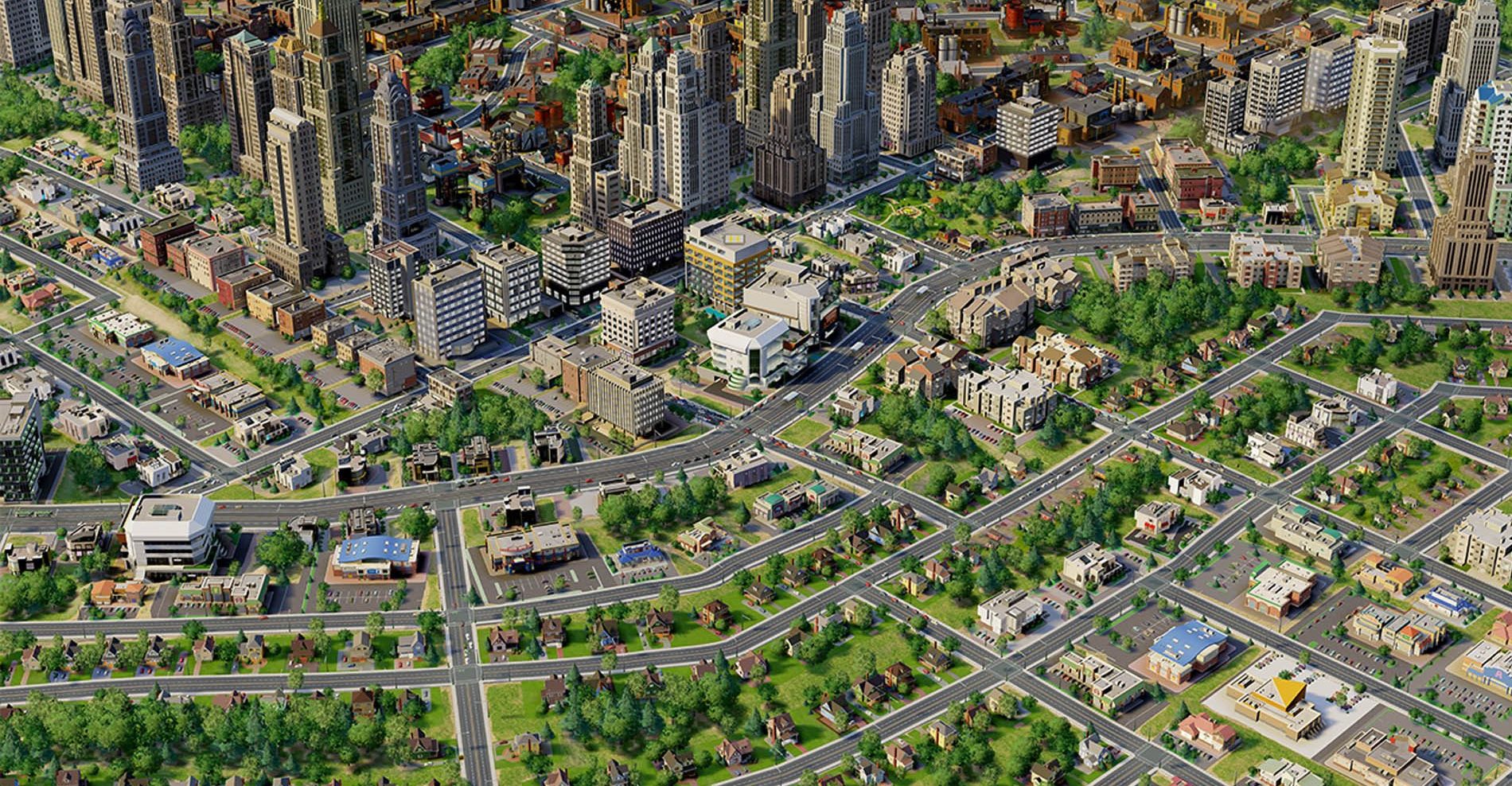
Once one of the most beloved franchises in gaming, SimCity is widely considered to have gone downhill since it was purchased by EA. SimCity 2013 is often held up as the moment when the series fully went off the rails, with inadequate servers preventing players from accessing the game for weeks at a time.
Umbrella Corp (2016)
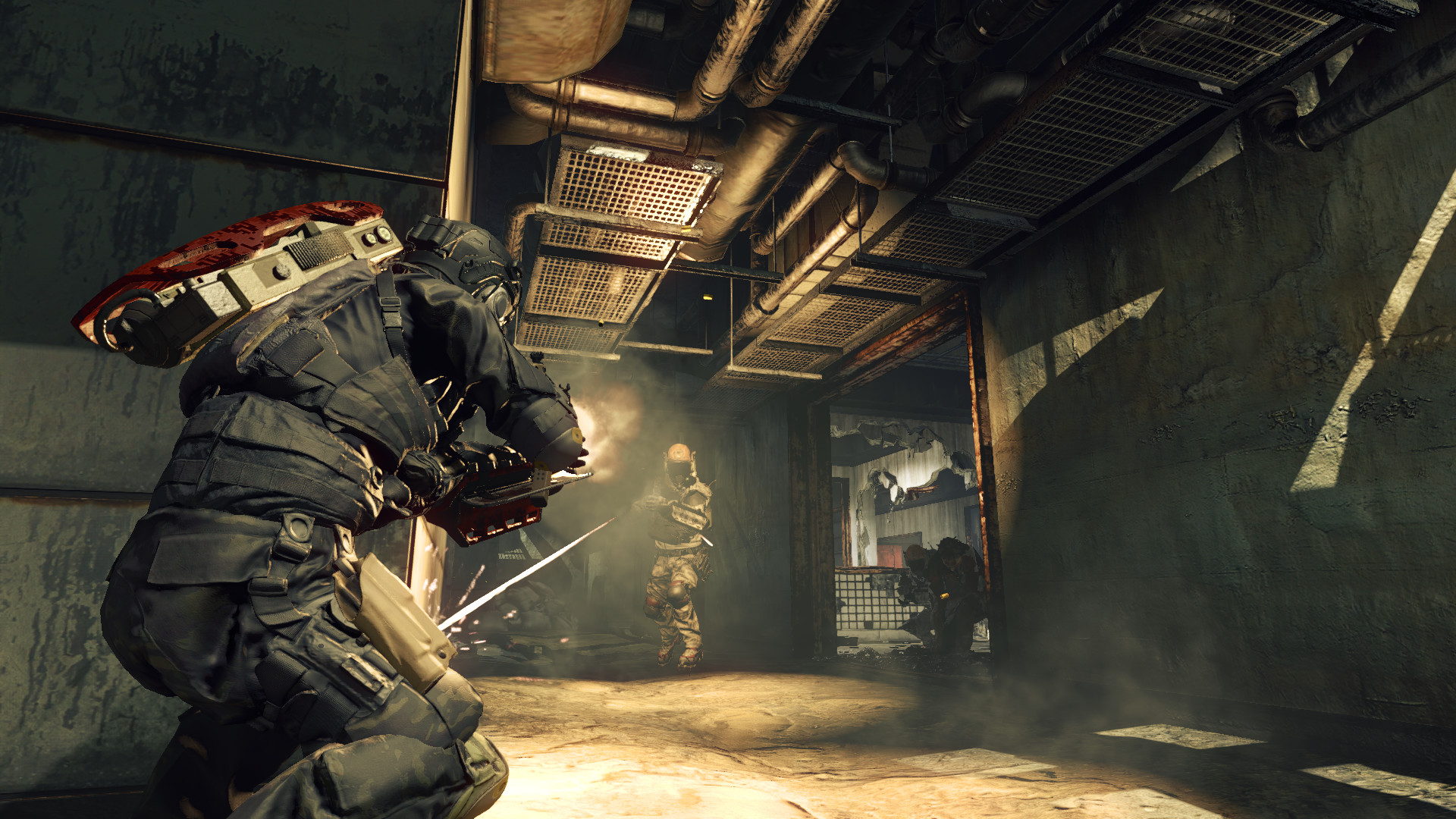
A spinoff of the wildly popular Resident Evil franchise, Umbrella Corps was roundly condemned by critics and fans alike. The main issues were the controls, which one critic complained made it feel like “you’re walking on ice skates,” and the muddled storyline, which contained a number of inconsistencies with the game’s source material.
Batman: Dark Tomorrow (2003)
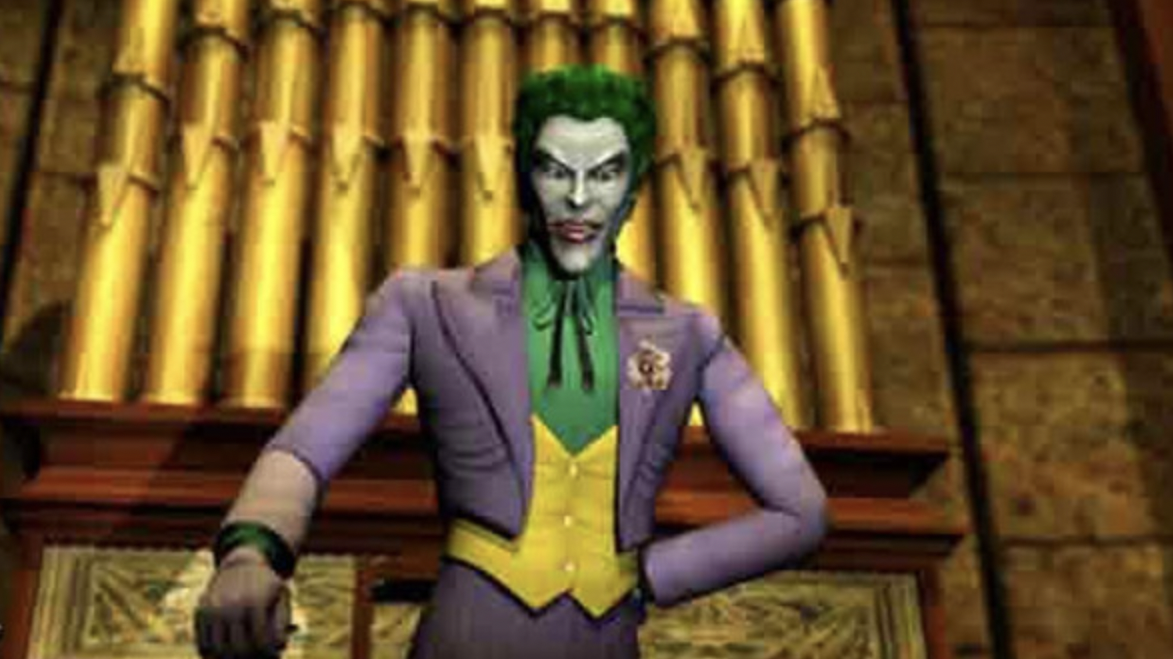
Released for the GameCube and Xbox, Batman: Dark Tomorrow was panned for its confusing storyline and repetitiveness, with the same few mission structures endlessly recycled with minor variations. The camera angles also made the game virtually unplayable at points, preventing players from actually being able to see what was happening.
Dungeon Keeper (2014)
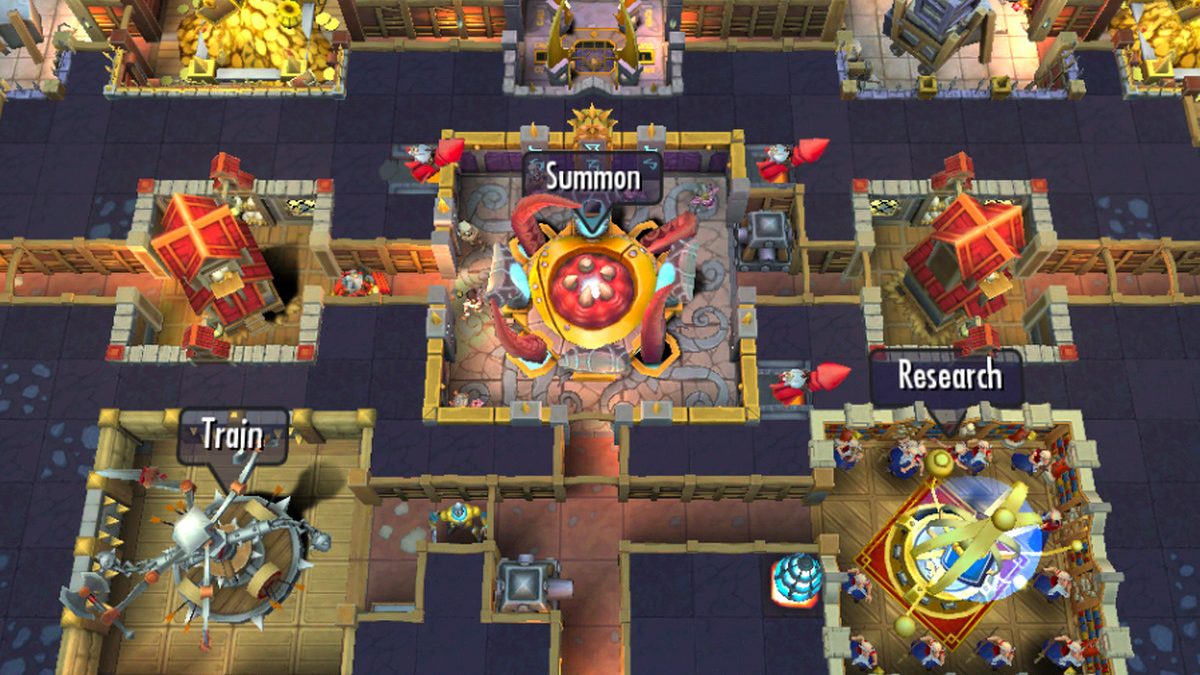
Back in 2014, before people became completely desensitized to EA’s avarice, Dungeon Keeper managed to infuriate everyone who played it with its excessive micro-transactions. Peter Molyneux – the creator of the original Dungeon Keeper games – described EA’s mobile offering as “ridiculous,” and the British Advertising Standards Authority banned EA from describing the game as “free.”
Mortal Kombat Mythologies: Sub-Zero (1997)
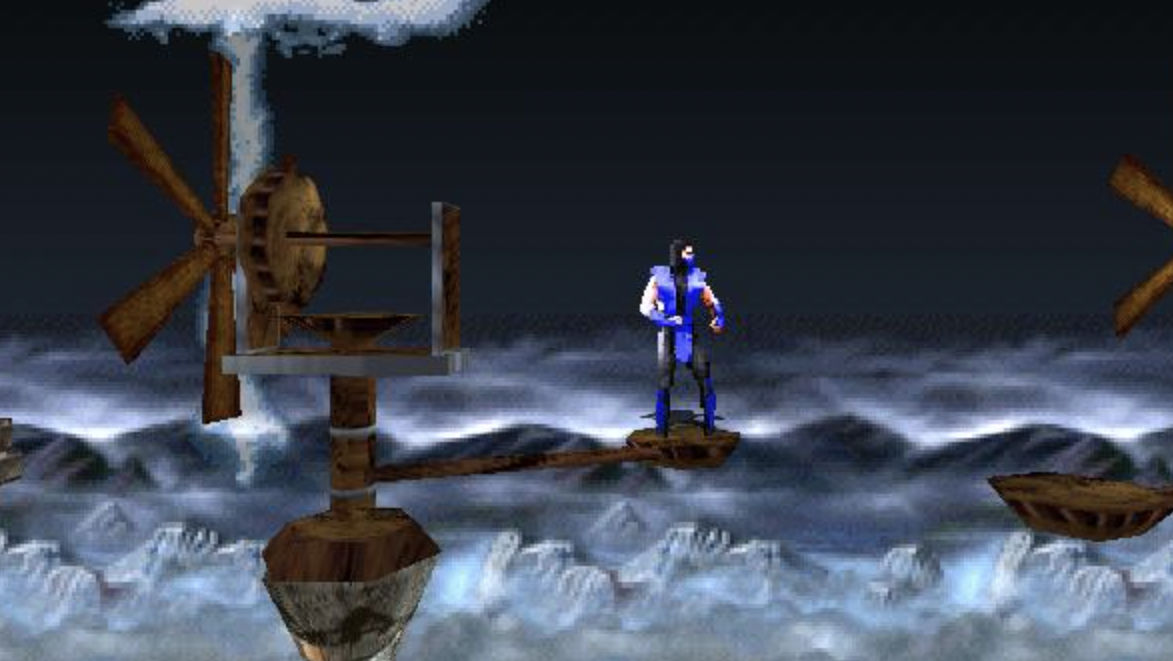
Mortal Kombat is one of the most beloved franchises in gaming history, but this spinoff was so bad it alienated some long-time fans of the series. While punishing difficulty isn’t always a problem (see: the Dark Souls franchise), it is when it’s paired with confusing and unresponsive controls, and this combination is exactly what led to the widespread animosity towards the game.
Babylon’s Fall (2022)
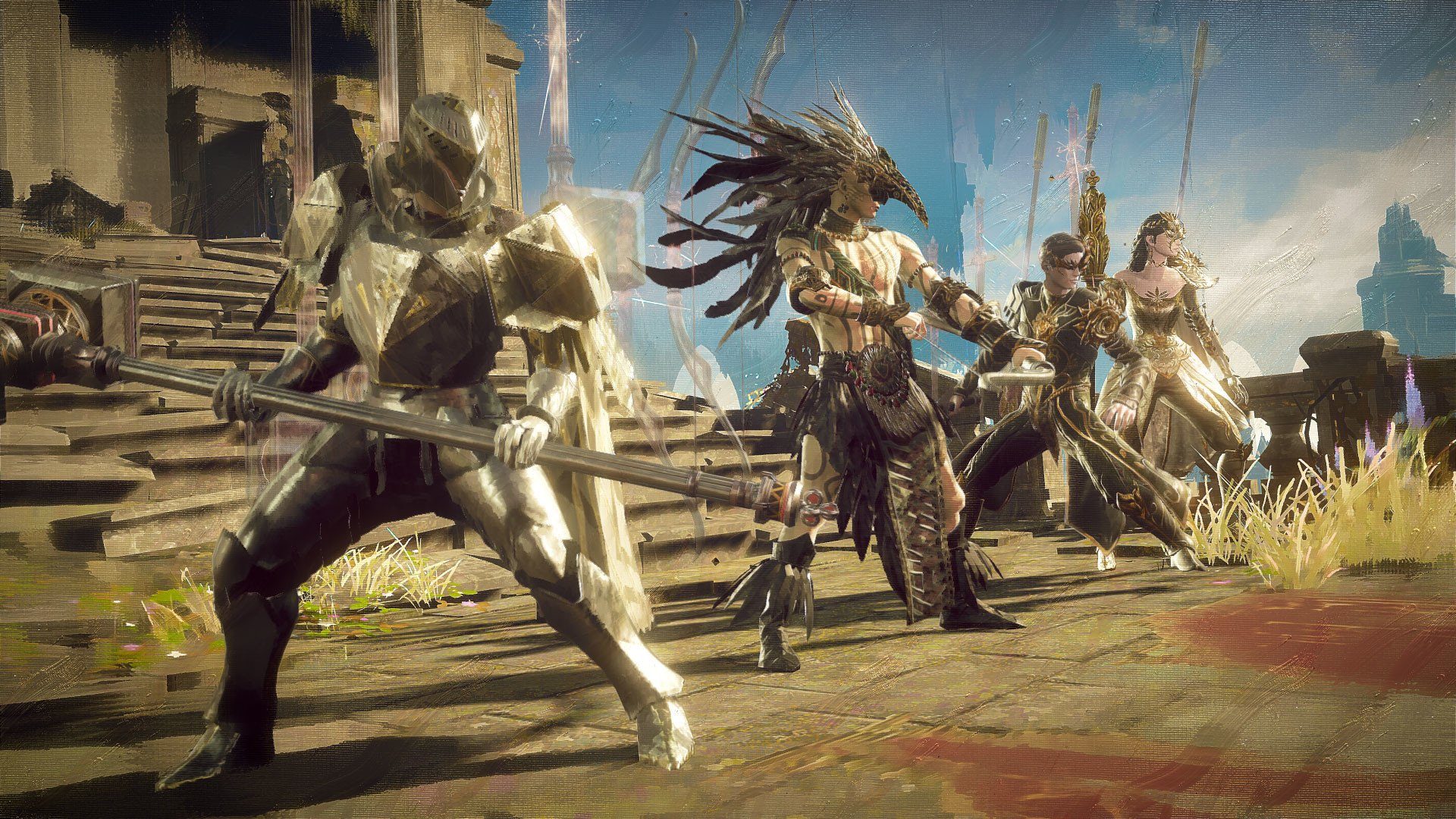
PlatinumGames is a generally well-respected developer, which makes Babylon’s Fall all the more inexplicable. Panned for its confusing controls and graphics that would have looked outdated five years ago, Babylon’s Fall experienced a precipitous drop in players in the months following its release, and the game’s servers were shut down in early 2023.
Mortal Kombat: Special Forces (2000)
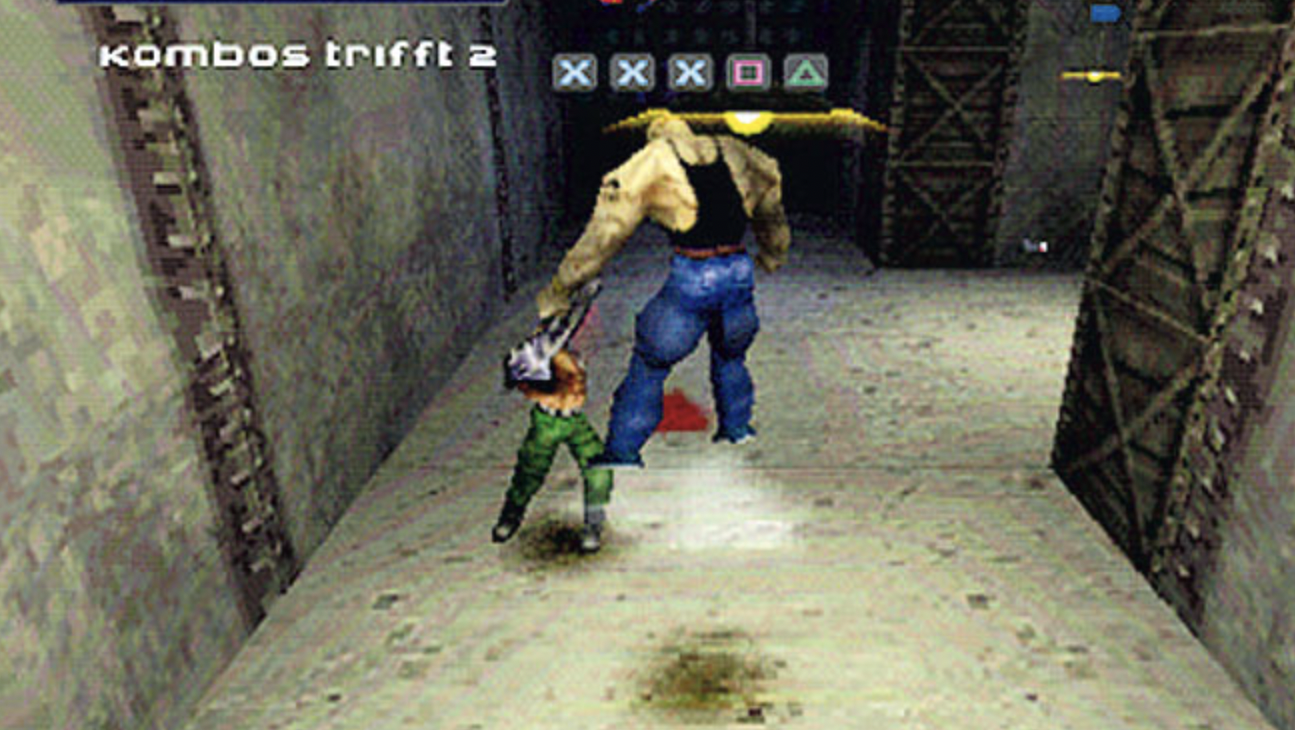
Instead of trying to course correct after the backlash against Mortal Kombat Mythologies, Midway Games instead released another spinoff, the ill-conceived Special Forces. Considered the worst Mortal Kombat title of all time, Special Forces offered shoddy graphics, shoddier gameplay and a soundtrack so repetitive it felt like water torture.
Tomb Raider: The Angel of Darkness (2003)
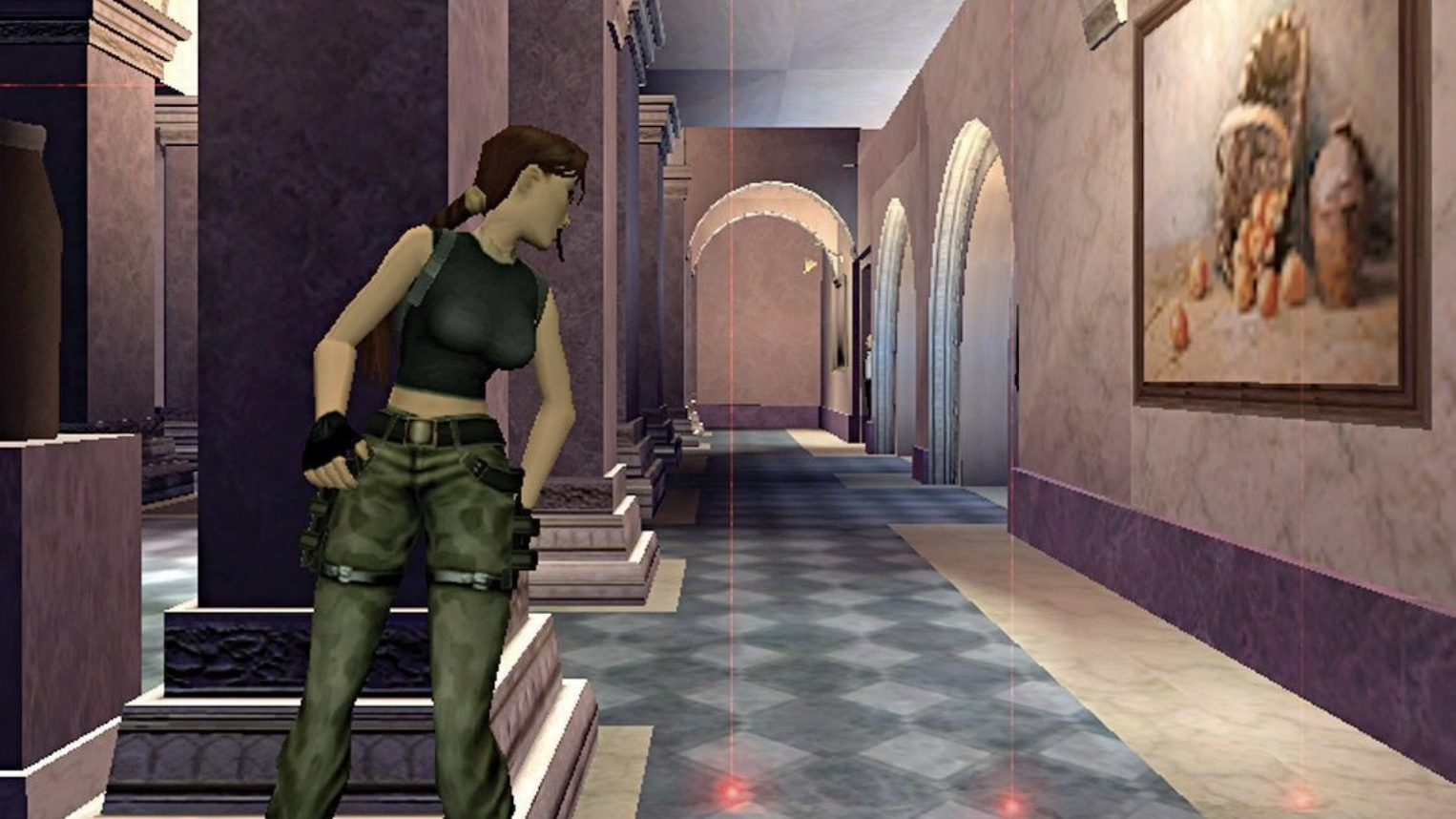
While the Tomb Raider series has led to some groundbreaking games, 2003’s The Angel of Darkness was, to put it mildly, not one of them. The franchise’s sixth instalment, The Angel of Darkness earned widespread scorn for its glitchy gameplay and poor controls, with the head of Core Design – the studio behind the game – resigning shortly after its release.
Ninjabread Man (2005)
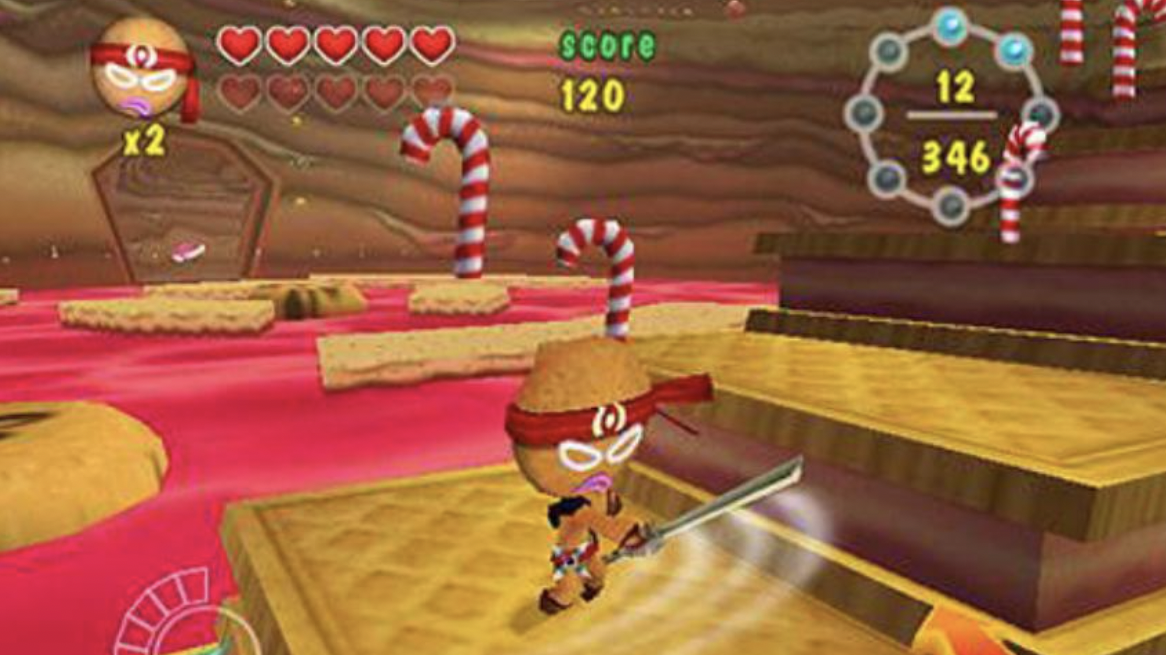
Even though Ninjabread Man was sold at a discount price, most gamers still felt like it was a poor value proposition, given that it could be completed in half an hour. Its short runtime might have been more forgivable, however, had the game not been riddled with glitches, with IGN referring to it as a “broken mess,” an assessment shared by everyone who’s ever played it.
eFootball (2021)
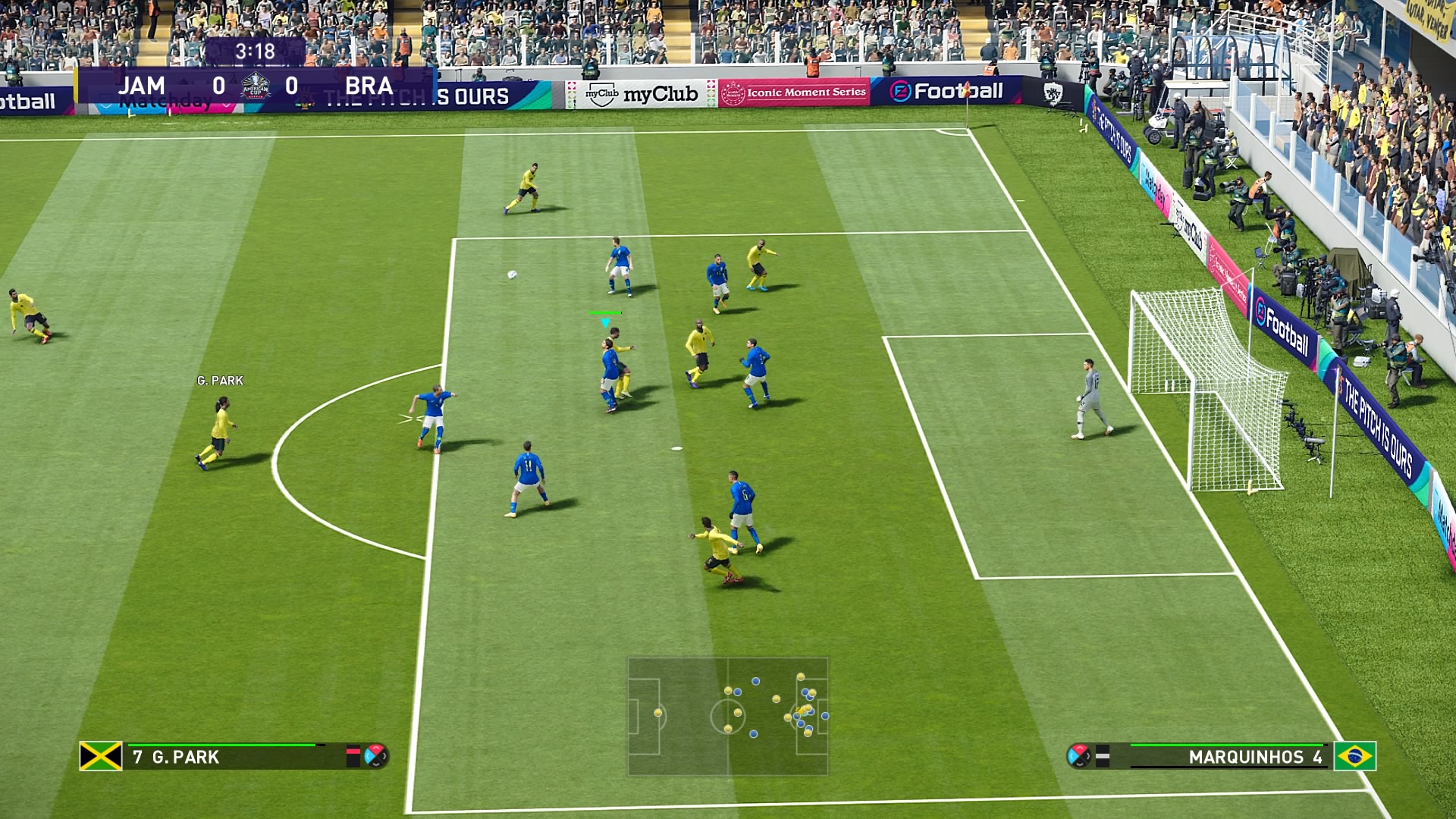
The fact that eFootball managed to generate quite so much hatred despite being completely free to play is almost impressive. A continuation of Konami’s Pro Evolution Soccer series, the game was mauled for its horrendous graphics and laggy gameplay, with the studio holding up their hands and admitting they rushed the game out before it was ready in response.
Big Rigs: Over the Road Racing (2003)
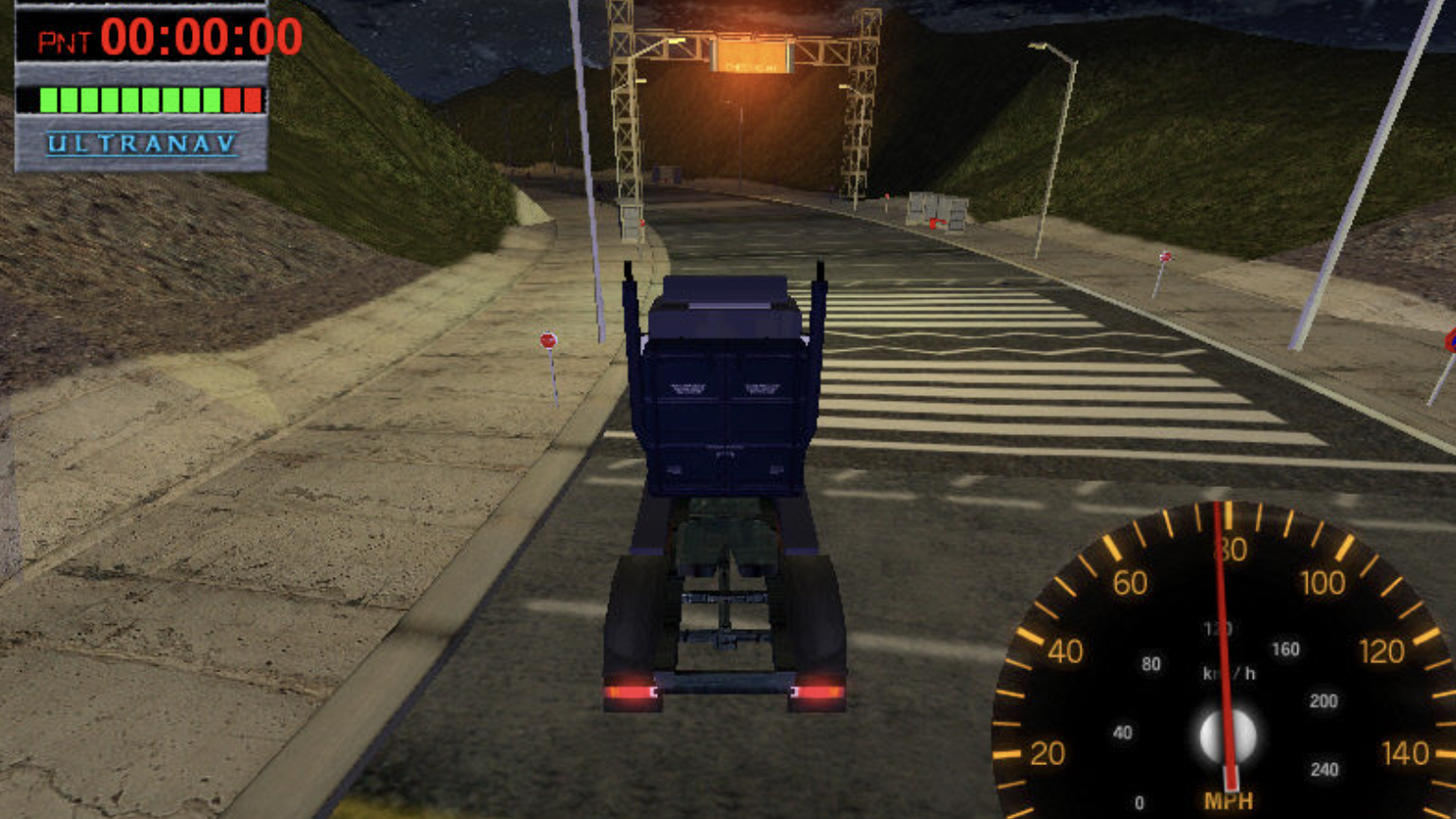
Due to issues with development, Big Rigs: Over the Road Racing was released in its pre-alpha state, meaning the game hit virtual shelves completely unfinished. Multiple gameplay elements – including collision detection, which is a pretty big deal in racing games – had yet to be coded, and the game was riddled with grammatical errors, including the infamous “YOU’RE WINNER” message received by victorious players.
Power Gig: Rise of the SixString (2010)
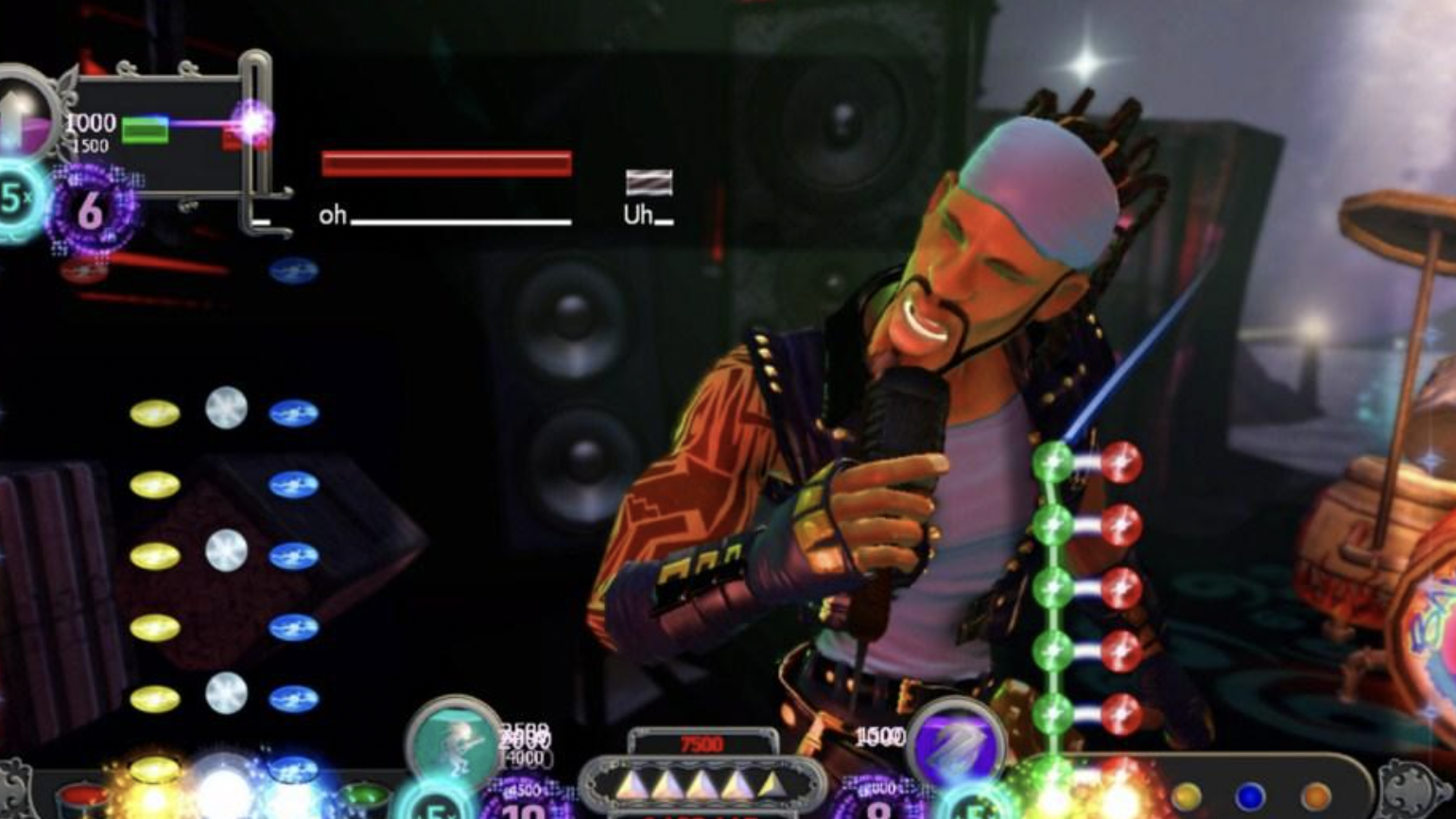
Released in 2010, Power Gig: Rise of the SixString tried to muscle into the music video game market by shipping with real instruments, instead of the controllers offered by games like Guitar Hero. Unfortunately, these proved to be terrible both as controllers and real instruments, with IGN deriding the game for being “laughably bad.”
Lula 3D (2005)
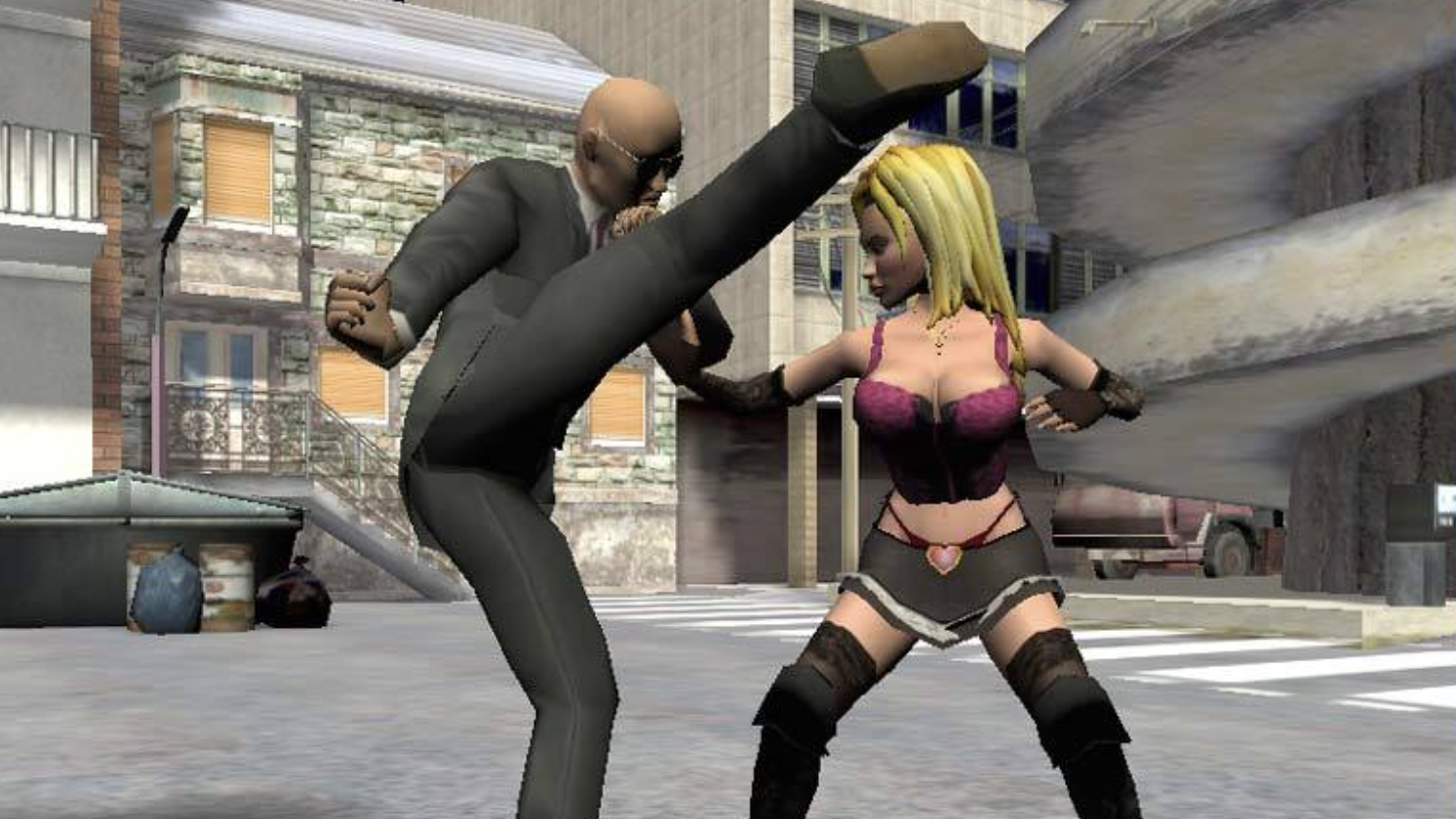
While it was intended for an adult audience, Lula 3D was replete with childish humour that most players found immediately off-putting. The gameplay was also boring and uninventive, and the laziness of the game’s developers was embarrassingly evident, with character models blatantly recycled. Critics had few kind words for the game, but it’s gained something of a cult following over the years.
Bomberman: Act Zero (2006)
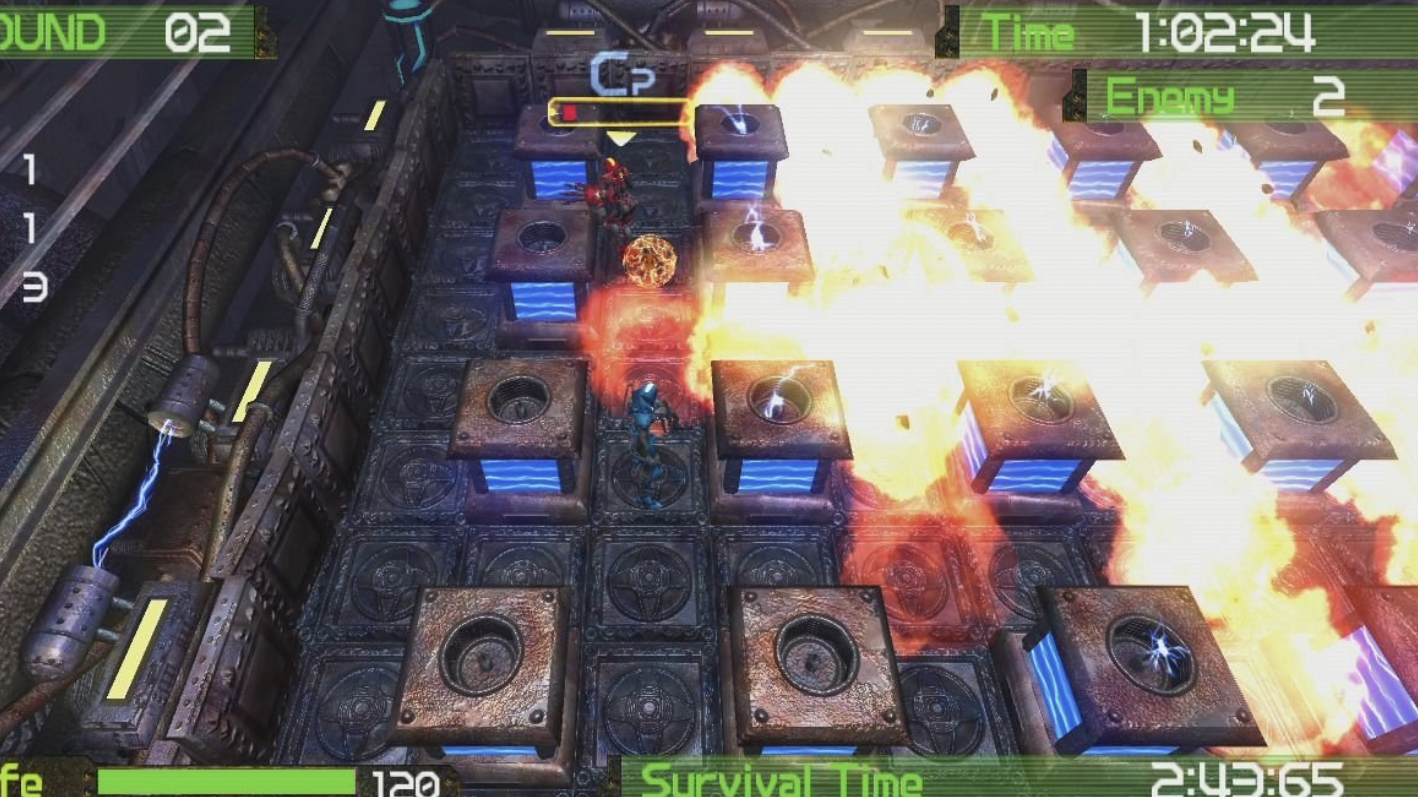
While loading screens are an unavoidable part of gaming, players of Bomberman: Act Zero often had to sit around for minutes at a time waiting for the action to start. This might have been forgiven, were it not for the fact that its gameplay was a shambles, with poor collision detection, dodgy mechanics and no attempts made to disguise the fact that most stages reused the same level designs.
Plumbers Don’t Wear Ties (1993)

Despite marketing itself as an interactive movie video game, Plumbers Don’t Wear Ties consisted almost entirely of static images (the exception being the opening cutscene). Unsurprisingly, gamers weren’t thrilled about having been blatantly lied to, leading to an immediate and intense backlash. Compounding matters was the game’s bizarre, misogynistic storyline and woeful voice acting, with one critic branding the title a “hateful waste of a game.”
Sonic the Hedgehog (2006)
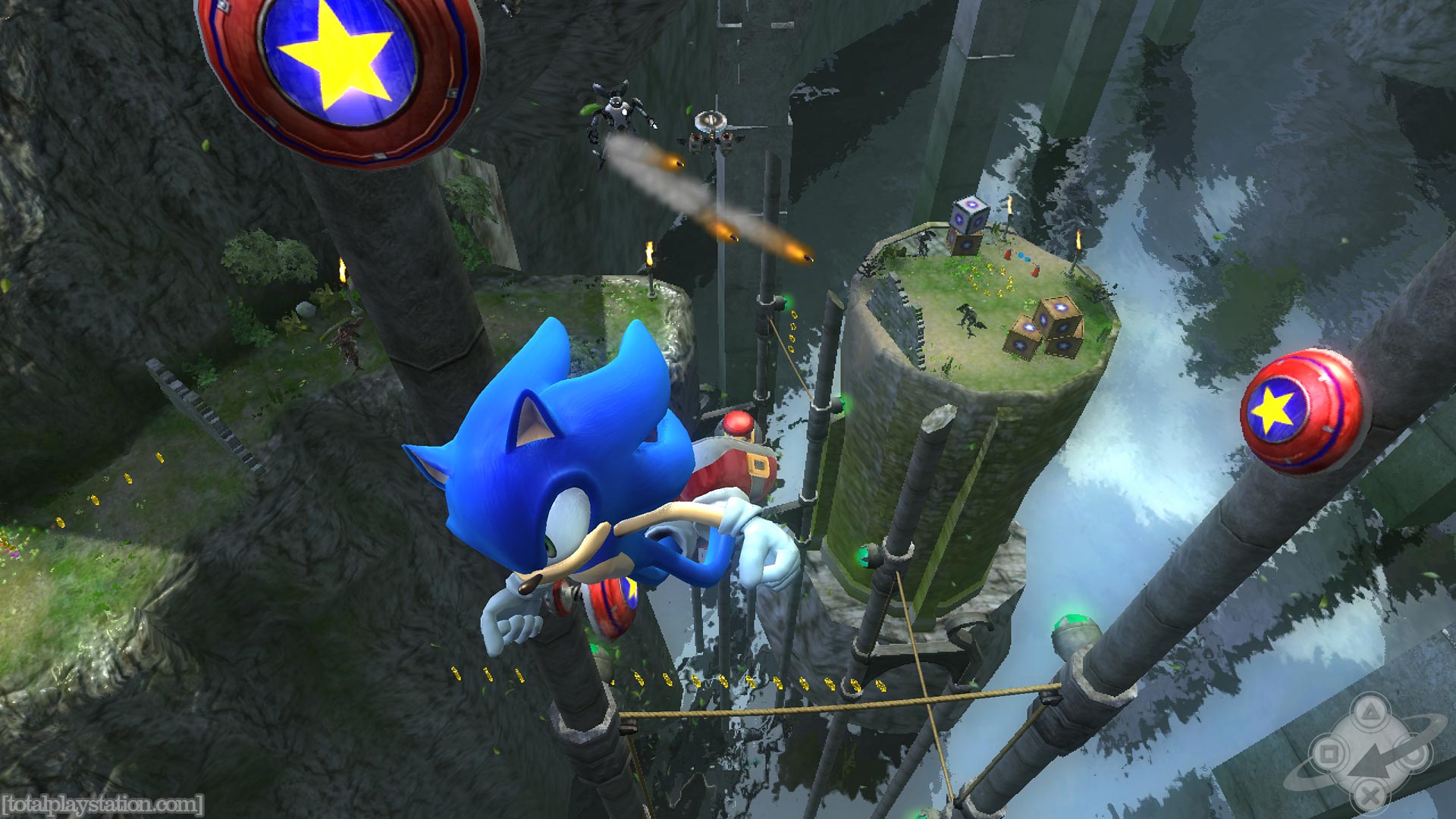
Intended to relaunch the Sonic franchise for the next generation of consoles, 2006’s Sonic the Hedgehog would probably have been good, were it not for Sega aggressively bringing its development deadline forwards to meet the holiday season. As a result, the end-product was noticeably rushed, with excessive glitching, overly responsive controls and a narrative riddled with plot holes.
FlatOut 3: Chaos & Destruction (2011)
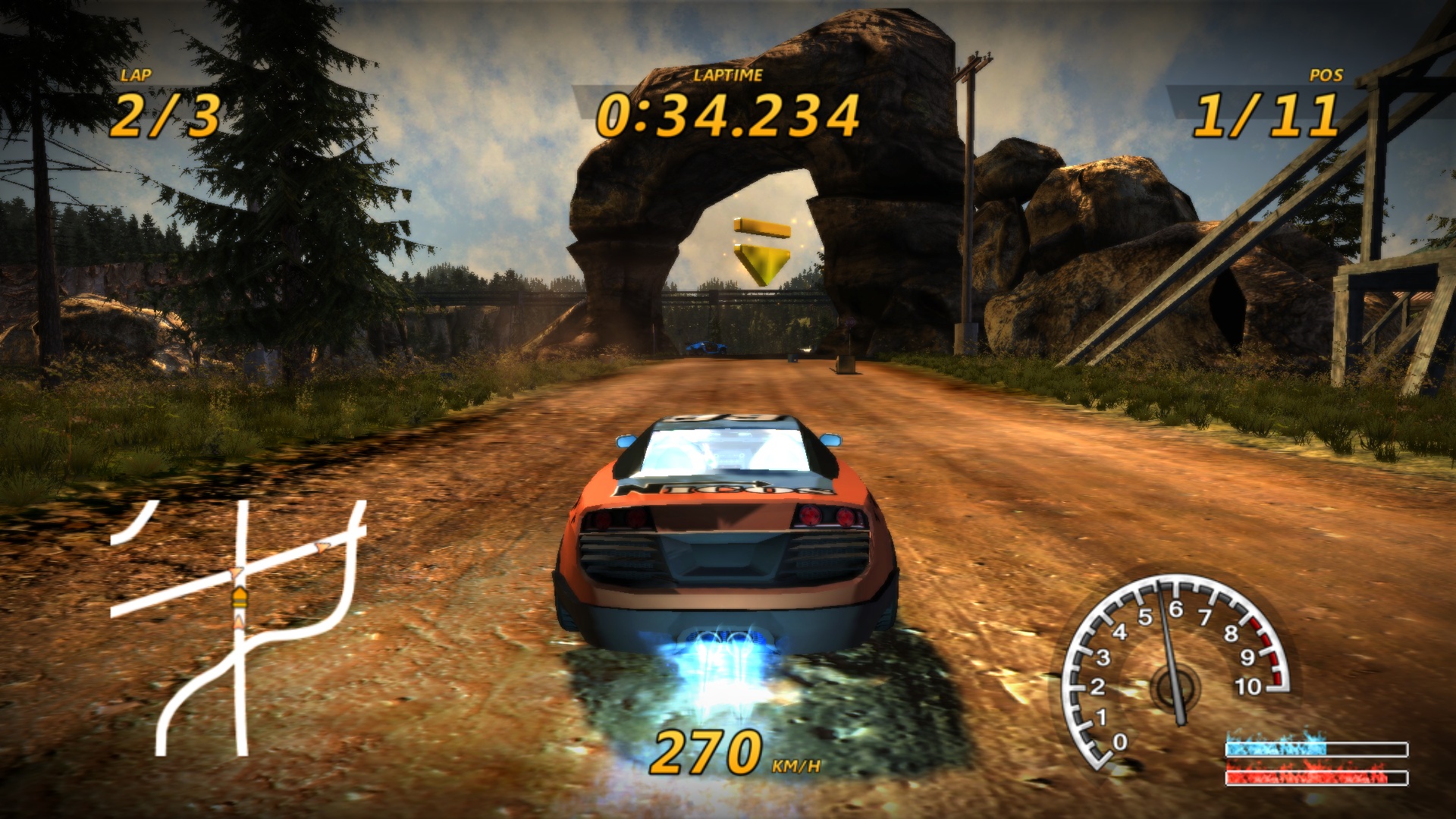
While FlatOut was once the reigning champion of the demolition derby genre of racing games, the franchise’s third offering drove the series straight off a cliff. Panned for its awful controls and hapless AI, the game is one of only two titles to receive a one out of ten rating from Edge Magazine.
Final Fantasy XIV (2010)
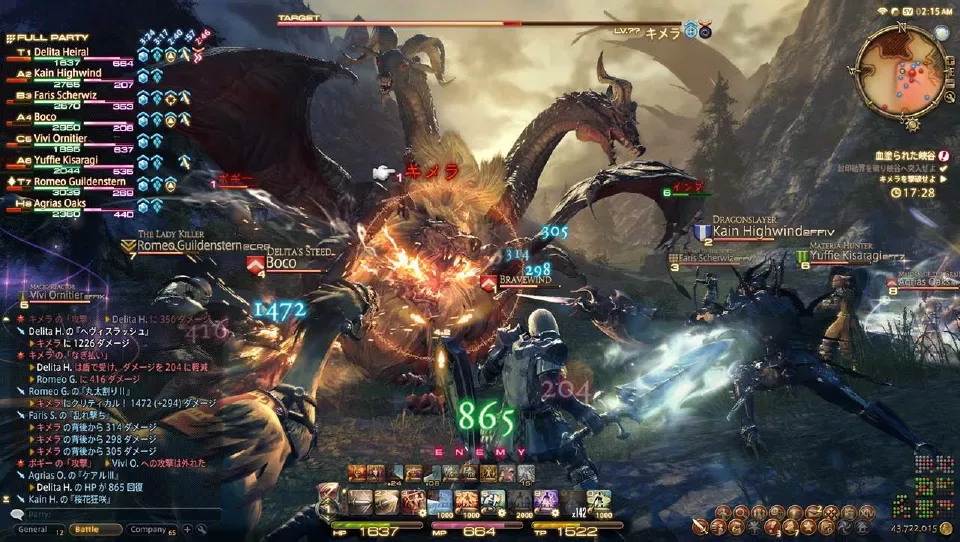
When it comes to video game franchises, it doesn’t get much more iconic than Final Fantasy. That doesn’t mean, however, that quality has remained uniformly high across its titles. Final Fantasy XIV is often considered a low point in the series, with gameplay that emphasises repetitive grinding, poorly thought-out controls and an overly complicated user interface.
The Lord of the Rings: Gollum (2023)
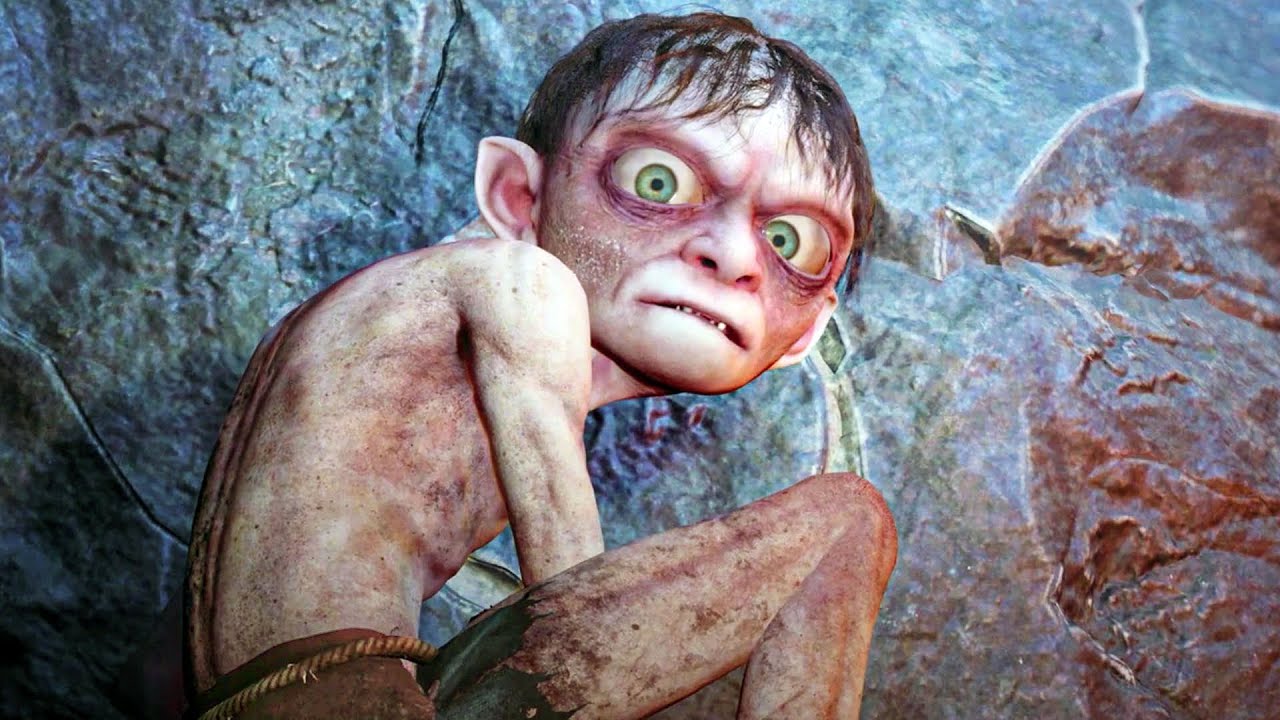
It’s astonishing that anyone thought a game which involves exclusively playing as Gollum would be a good idea, but someone, somewhere made the mistake of signing off on it. Aside from its gameplay issues, The Lord of the Rings: Gollum was so riddled with bugs that a number of reviewers weren’t even able to get it to run. Daedalic – the game’s developers – have since publicly apologized for the release.
The Simpsons Wrestling (2001)
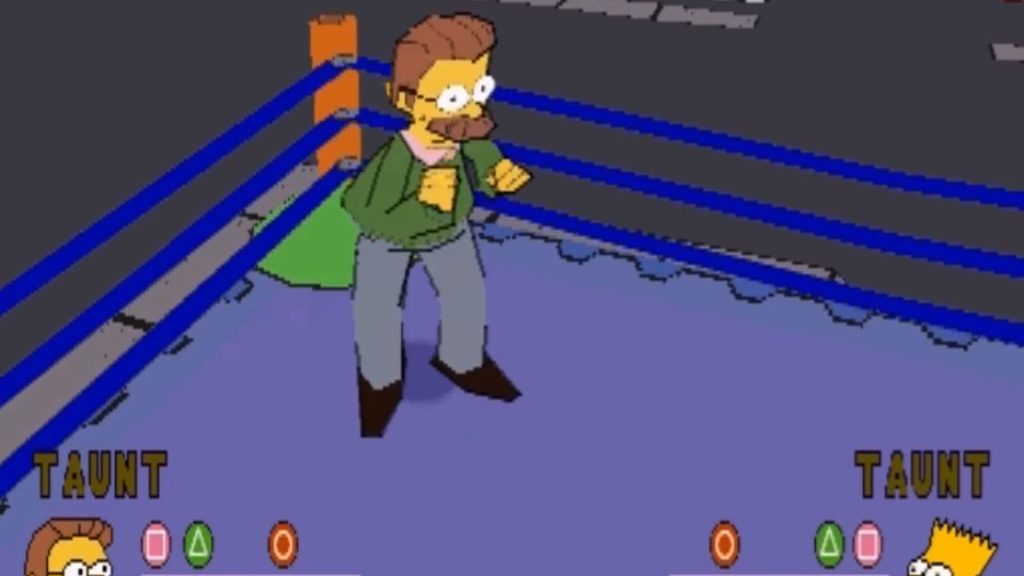
Widely considered an ill-advised cash grab, The Simpsons Wrestling was vehemently loathed by both fans of the series and gamers in general. The game was criticized for its outdated, basic gameplay mechanics and subpar graphics, with many agreeing that the developers were cynically counting on the fact that brand recognition would generate sales.
Balan Wonderworld (2021)
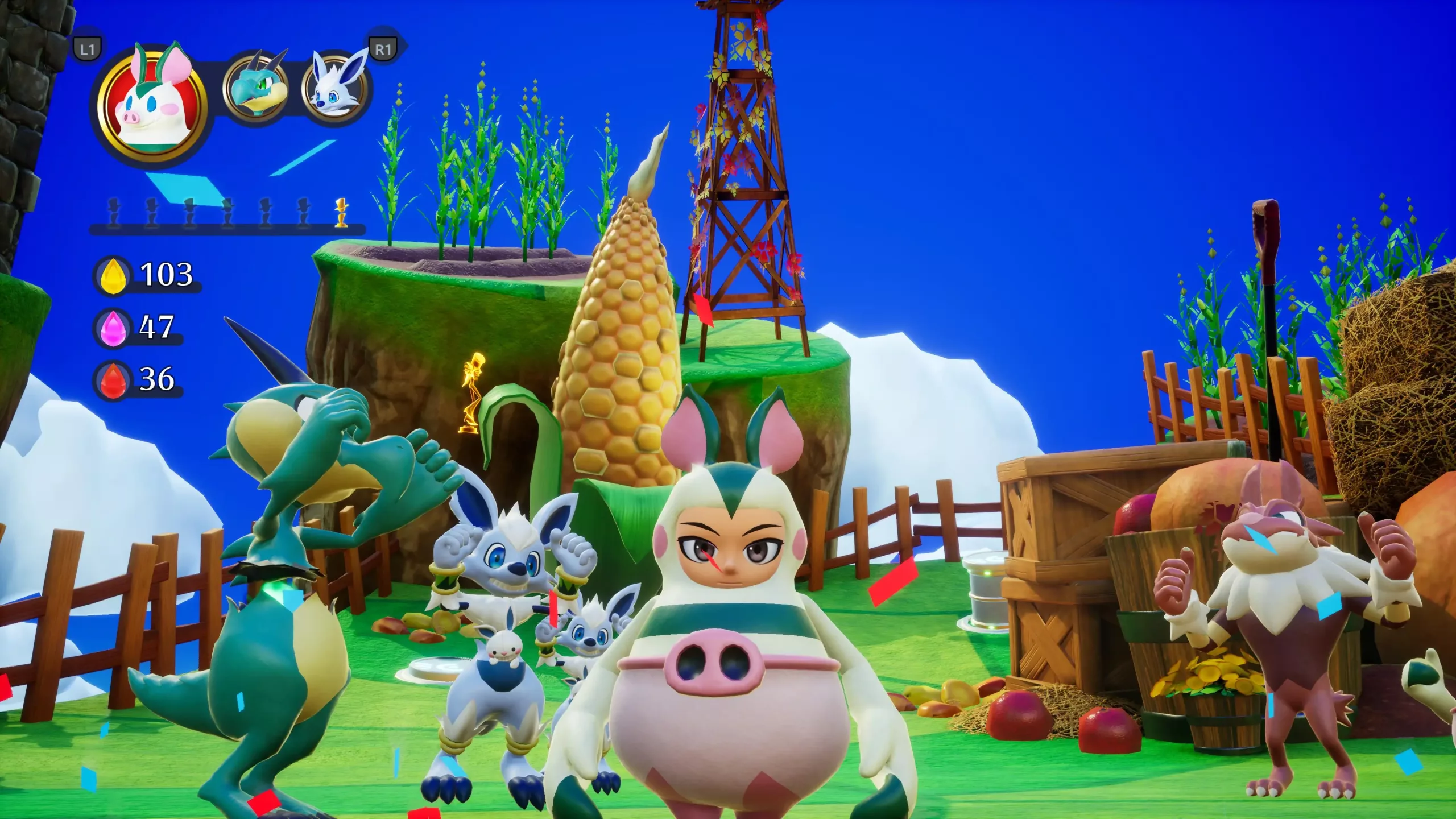
With the backing of Square Enix and veteran Sega developers Yuji Naka and Naoto Ohshima at the helm, Balan Wonderworld had a lot of promise. Unfortunately, the game was hamstrung by some bafflingly terrible controls, with a one-button control scheme that severely restricted gameplay options. Naka later issued an apology directly to disappointed fans.
Drake of the 99 Dragons (2003)
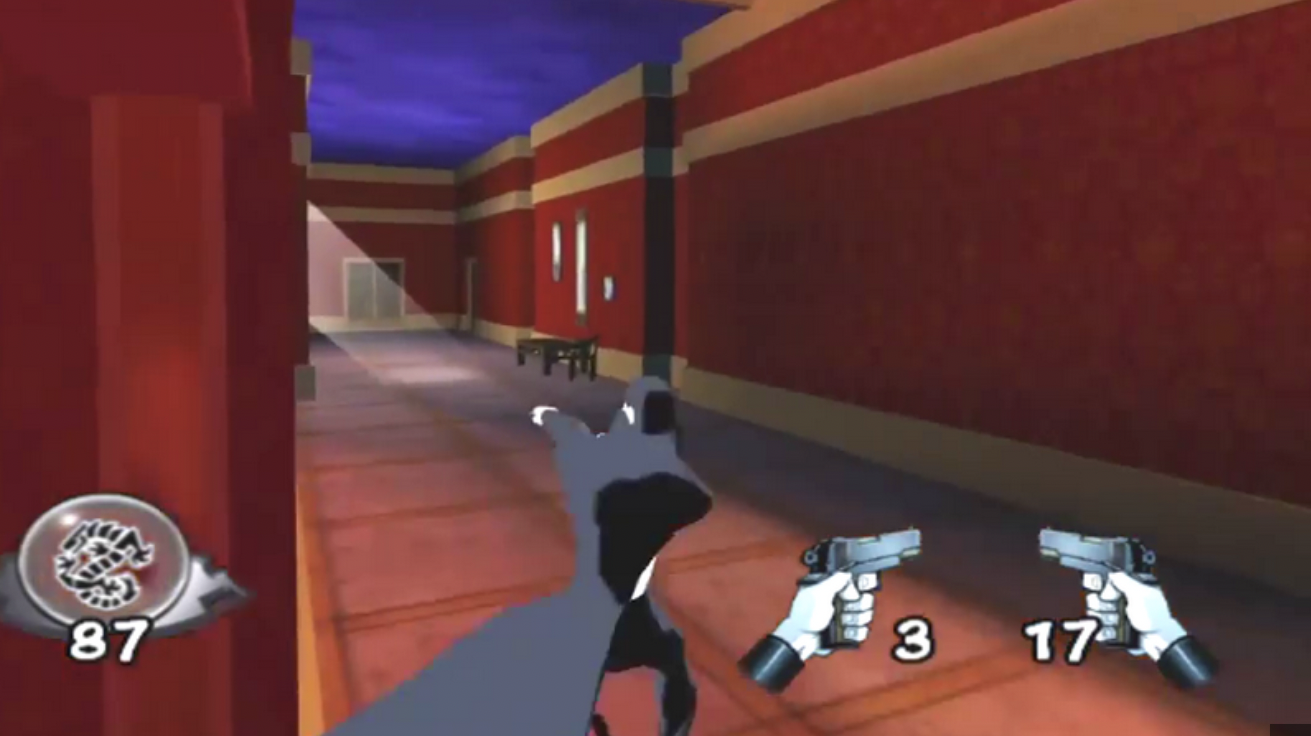
On Metacritic, Drake of the 99 Dragons is ranked as the second-worst game ever released on the original Xbox. Criticism focussed on the game’s nonsensical storyline and embarrassingly bad sound design, with gamers quickly picking up on the fact that the developers had used the same stock sound effects as AOL Instant Messenger.
Superman 64 (1999)
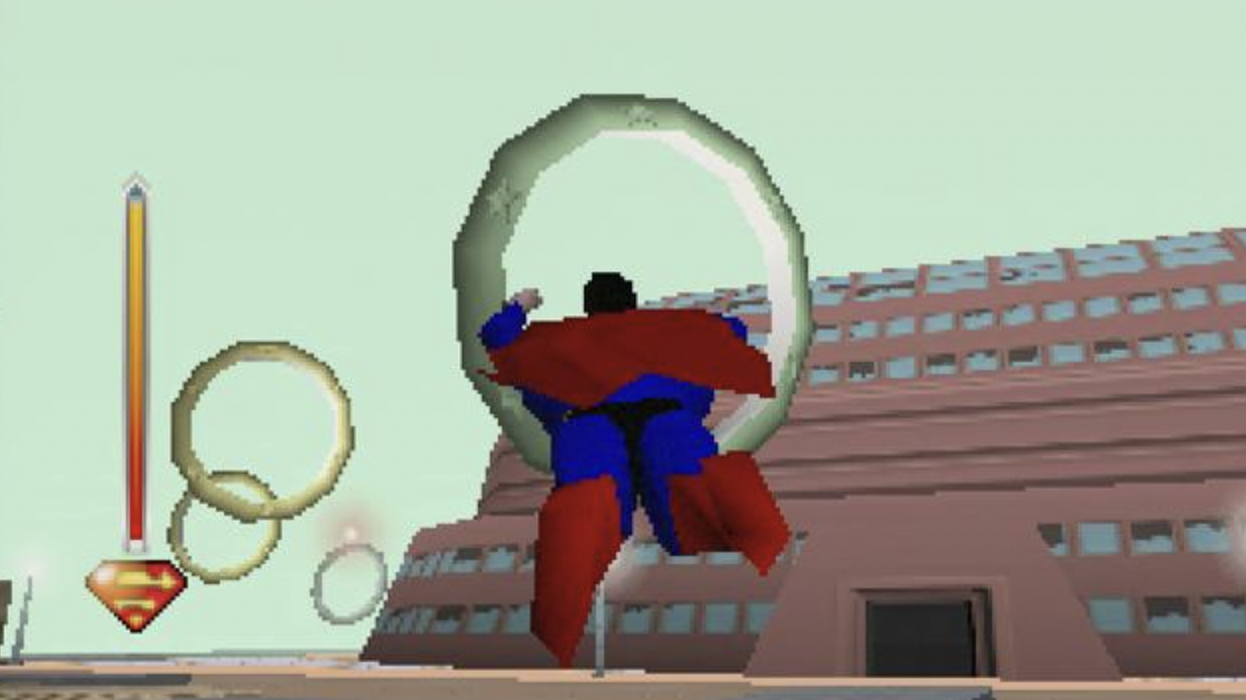
Based on Superman: The Animated Series, Superman: The New Superman Adventures (commonly referred to as Superman 64) is often considered a low point in the N64’s history. Wildly repetitive and maddeningly difficult, Superman 64 featured a number of infamously challenging sequences that required a surgical level of precision to get through, which wasn’t a great fit for the game’s dire, unresponsive controls.
Infestation: Survivor Stories (2012)

Infestation: Survivor Stories was initially put out for free as a “foundation release,” ostensibly to help the development process. It quickly transpired, however, that this was essentially a ruse to make money out of gamers through micro-transactions, with players having to pay a fee every time they died or wait four hours to revive.
Sonic Boom: Rise of Lyric (2014)
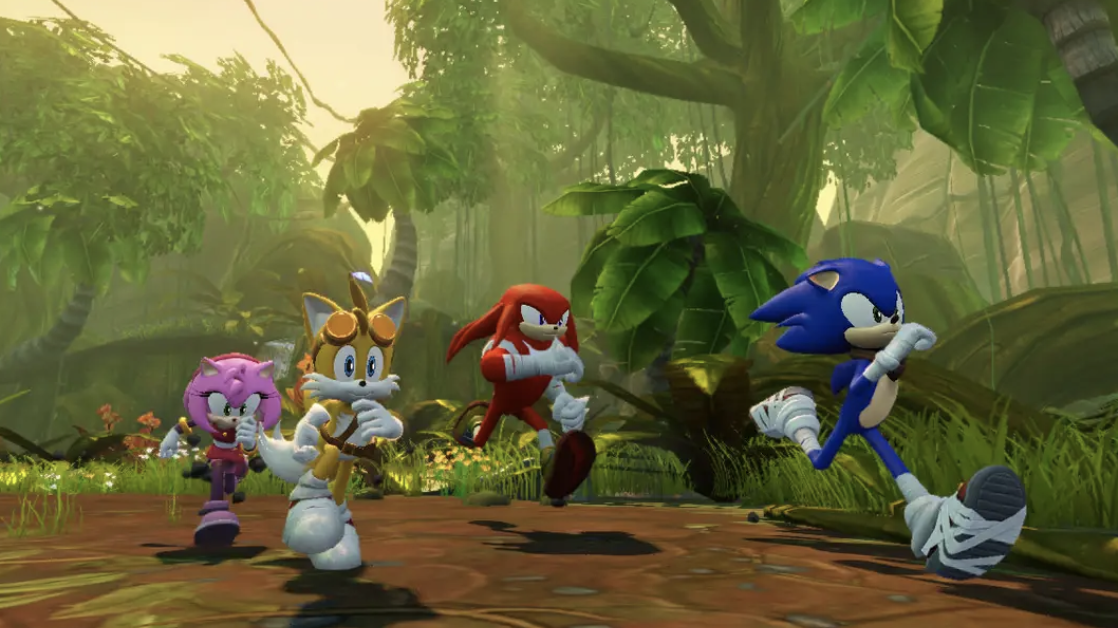
It’s never a great sign when employees start fleeing a development studio shortly before the game they’ve been working on is due to be released, but that’s exactly what happened with Sonic Boom: Rise of Lyric. To be fair, anyone who’s ever played the game – which was widely panned by critics – will be able to completely understand why developers were eager to avoid having their names associated with the title.
Fighter Within (2013)
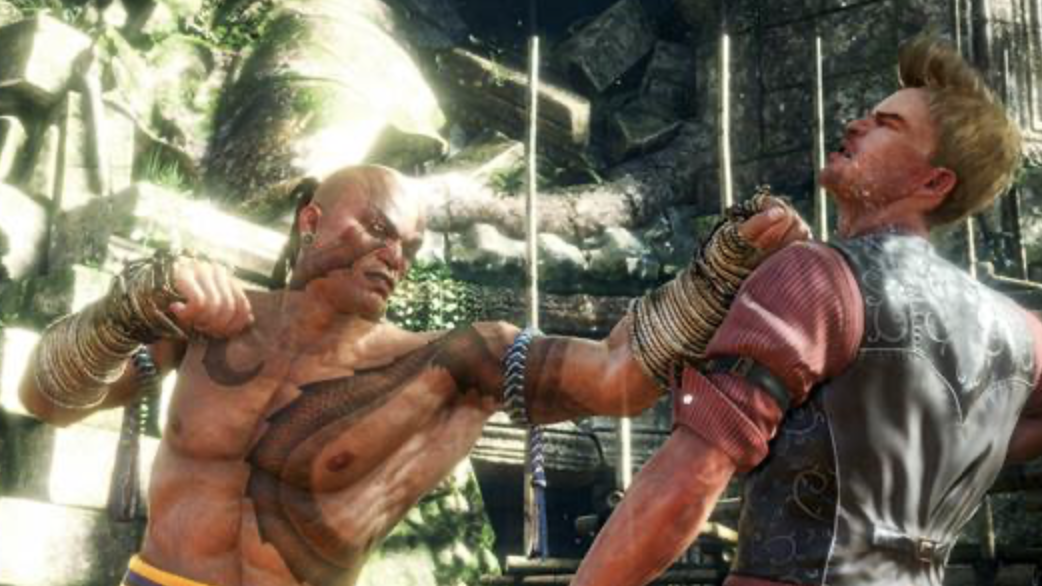
Microsoft Kinect spawned some truly awful games, chief amongst which is 2013’s Fighter Within. It’s hard to tell whether fault lies more with the game’s developers or the simple reality that Kinect just wasn’t all that responsive, but in either case, the fact remains that someone still signed off on this absolute abomination.
Family Party: 30 Great Games Obstacle Arcade (2012)

Any game that tries to tell you how great it is should be regarded with immediate suspicion. Considered by many to be the worst game ever released for the Wii U, Family Party: 30 Great Games Obstacle Arcade remains universally reviled, with one critic noting how playing it induces “the feeling of torture.”
Postal III (2011)
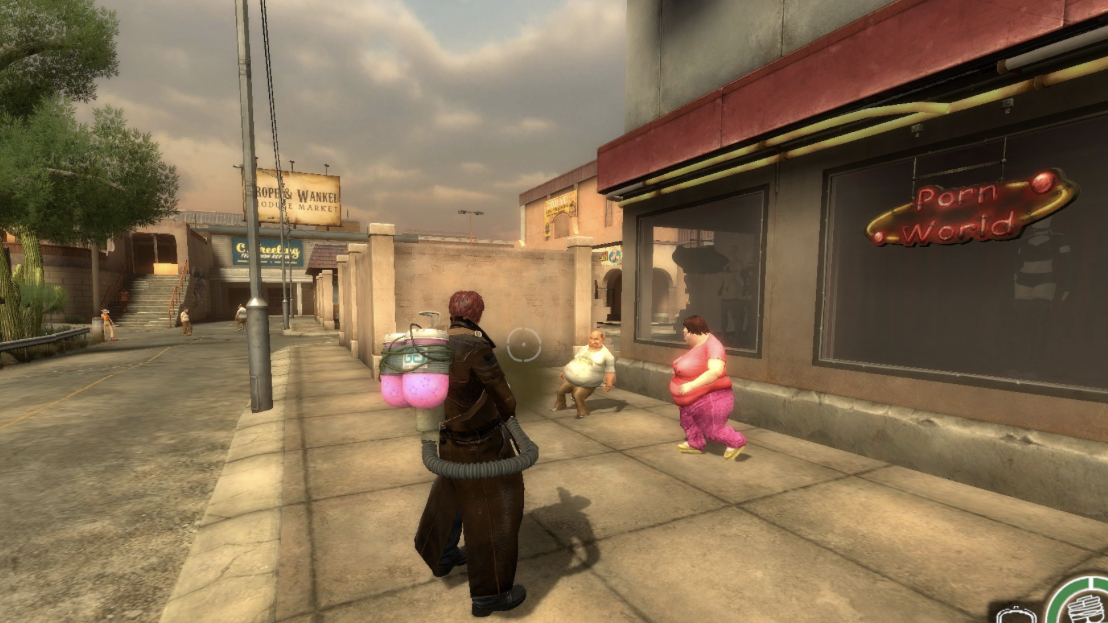
The Postal series has always been about challenging political correctness through the deliberate use of obscenity, but by the time the third instalment rolled round, other games – notably Grand Theft Auto – had demonstrated that it was possible to be both shocking and fun to play. It didn’t help that Postal III was basically released unfinished, causing most fans to finally give up on the franchise.
Double Dragon II: Wander of the Dragons (2013)

Confusingly, Double Dragon II: Wander of the Dragons (that’s not a typo, the game genuinely has a grammatically incorrect title) isn’t the second installment in the franchise. It’s actually a loose remake of the real second installment, which was released in 1988, and it’s inferior to the game it’s based on in nearly every way.
Terrawars: New York Invasion (2006)
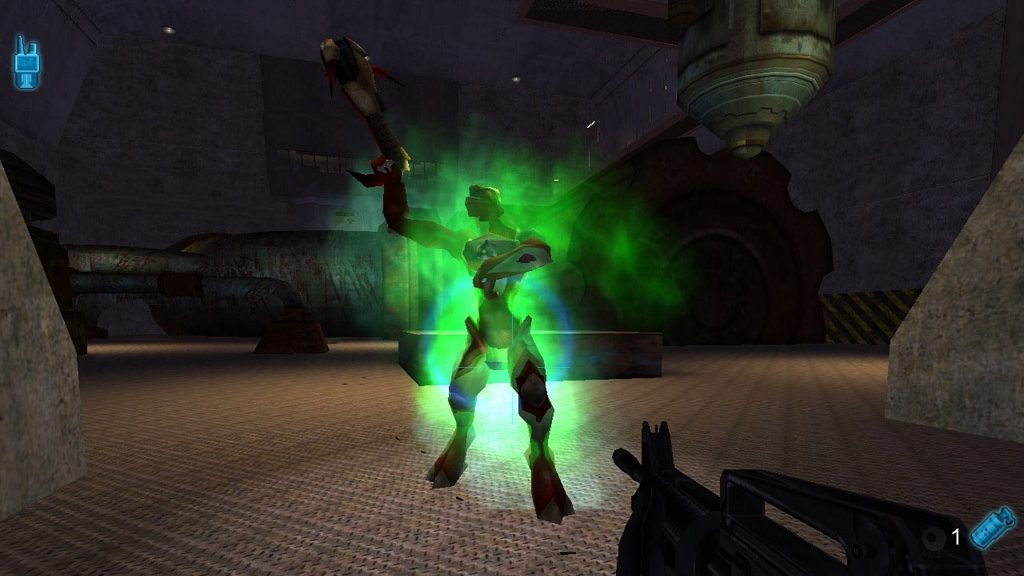
With a measly 24 percent rating on Metacritic, Terrawars: New York Invasion is one of the worst rated games of the century. The game was universally panned on release, with critics reserving particular scorn for the game’s graphics, gameplay and sound design. In other words, pretty much all of it.
Pulse Racer (2003)

Some games are bad because their developers couldn’t quite bring their vision to life, and some games are bad because their developers simply didn’t try. Pulse Racer is one of those games. Roundly lambasted for its bad graphics, clunky mechanics and unoriginal gameplay, Pulse Racer deserves its spot on the list of history’s worst games.
BMX XXX (2002)
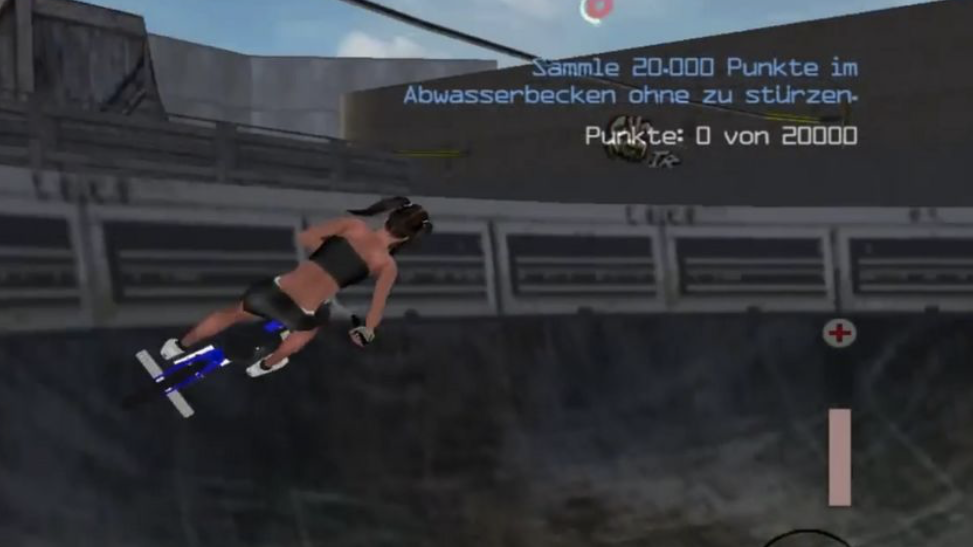
Acclaim Entertainment had already licensed Dave Mirra’s name for their Freestyle BMX franchise, but when Mirra was approached about BMX XXX he took legal action to be kept out of the project. The game is basically an inferior remake of Freestyle BMX with the addition of topless girls, which – given the blockiness of 2002 graphics – wasn’t nearly as provocative as Acclaim hoped it would be.
Afro Samurai II: Revenge of Kuma (2015)
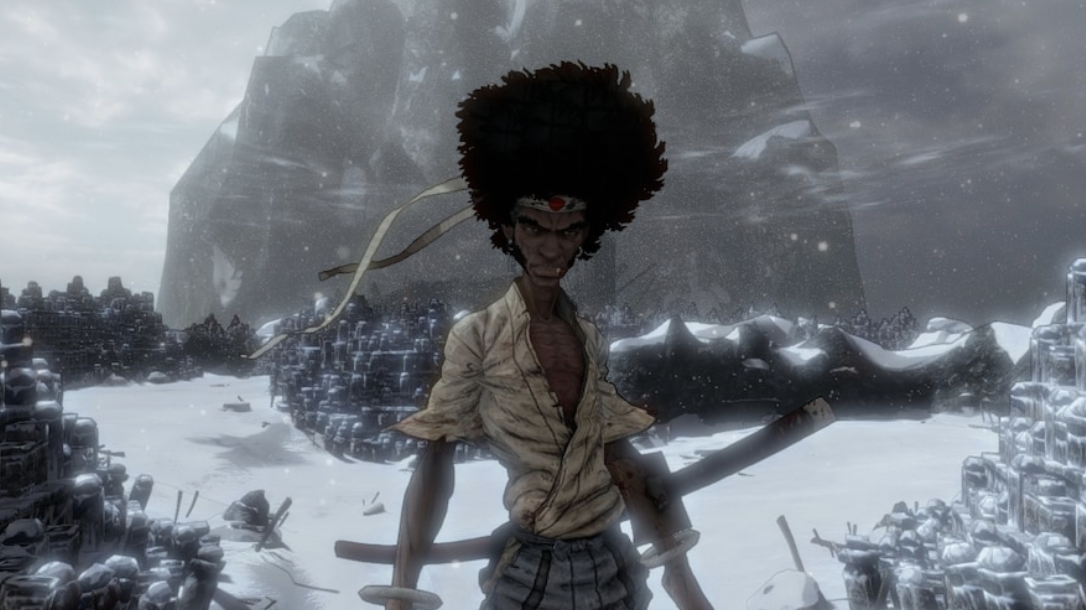
Immediately following the release of Afro Samurai II: Revenge of Kuma, the general manager of the game’s development studio issued a public apology and offered anyone who’d bought it a refund. Needless to say, Afro Samurai II was very, very bad, and plans for a sequel were swiftly axed.
Deal Or No Deal (2007)

Unlike most game shows, Deal Or No Deal’s entertainment value comes almost entirely from the witty patter of its host. The game itself is almost shockingly boring, with a contestant picking boxes at random to see if they’ve won anything. Unsurprisingly, this format didn’t translate well to a video game, resulting in one of the most tedious experiences money can buy.
Rambo: The Video Game (2014)
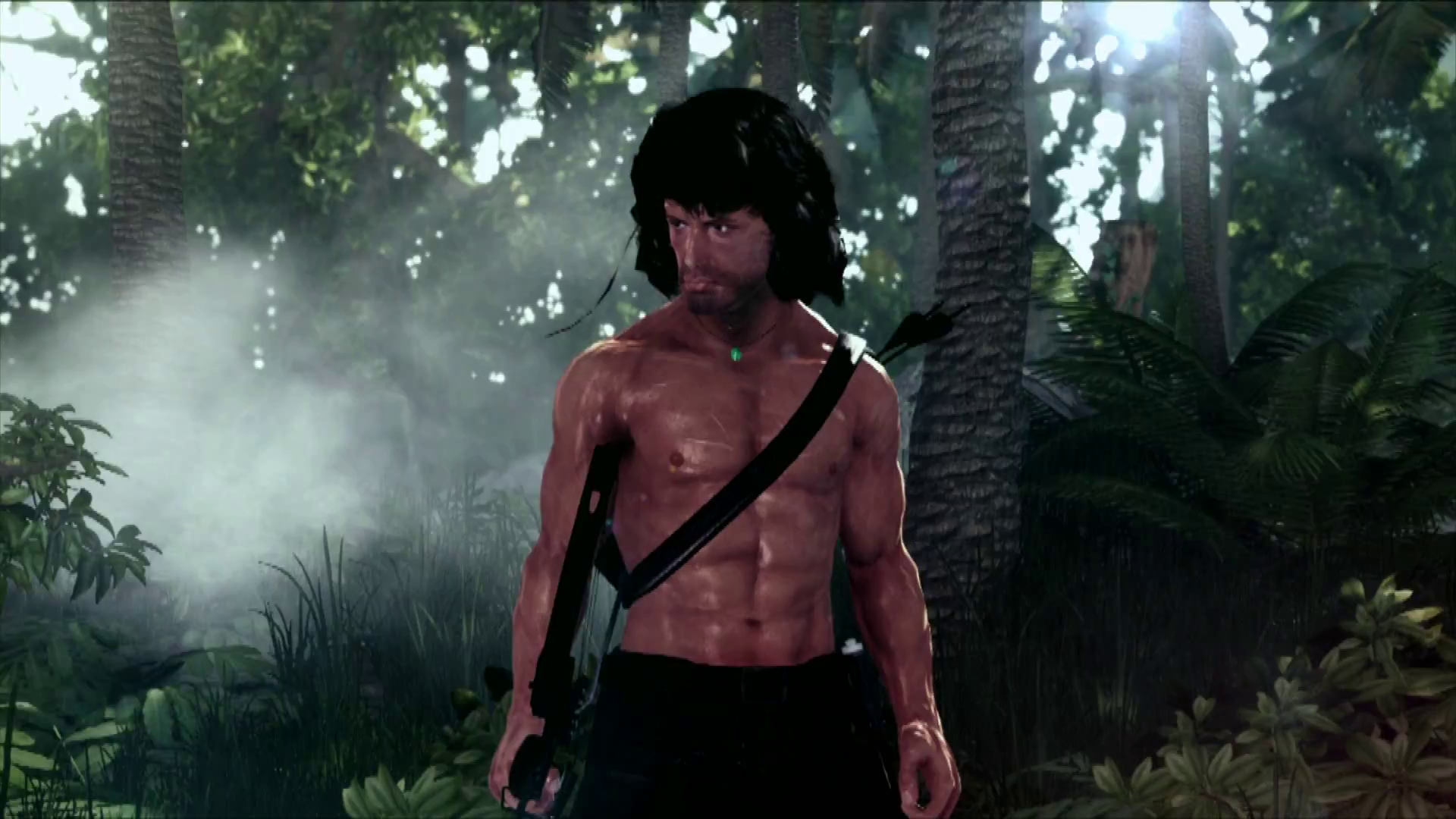
There’s unimaginative, cynical cash grabs, and then there’s Rambo: The Video Game. Capturing precisely none of what makes the movies so loved, this awful, rails-based shooter is an embarrassment to both the Rambo franchise and gaming in general, and it fully deserves the vitriolic hatred that’s been directed its way.
Homie Rollerz (2008)
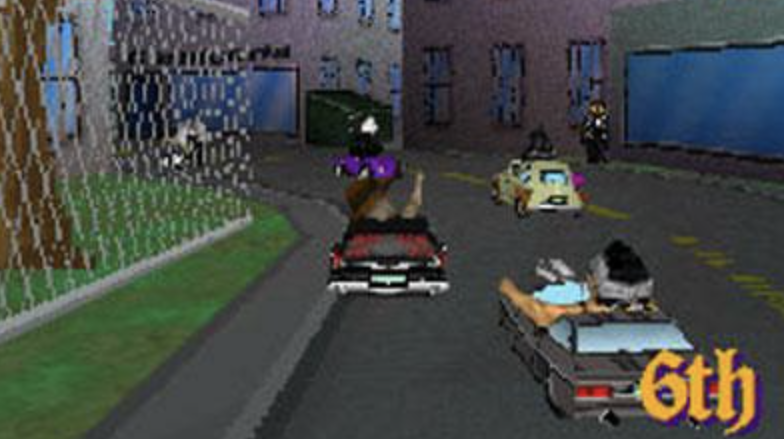
As well as its deeply offensive depiction of Mexican stereotypes, Homie Rollerz is just simply a bad game. Reviews were particularly scathing about the game’s unnecessary level of difficulty, which – when combined with poor controls and some truly incoherent mechanics – made for an all-round horrible experience.
Alone in the Dark: Illumination (2015)
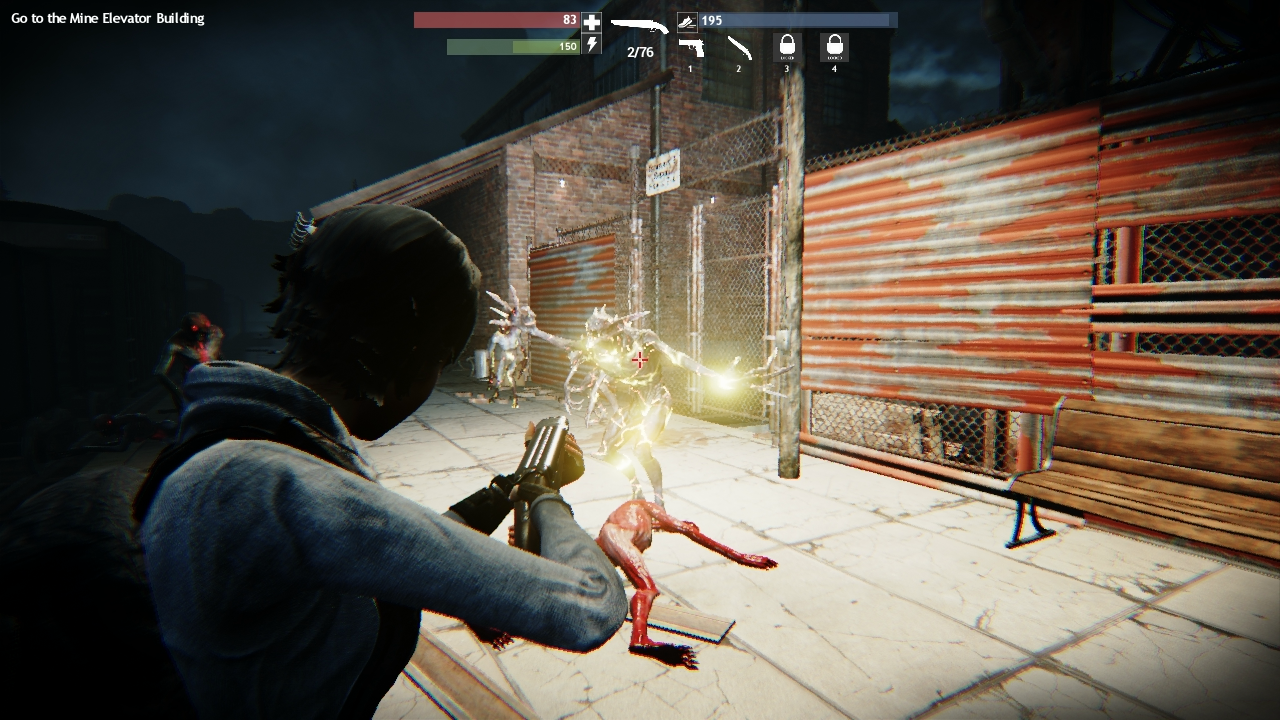
The original Alone in the Dark games were genuinely groundbreaking, with the Resident Evil franchise clearly drawing a lot of inspiration from them. Sadly, the series’ offerings have been steadily declining in quality for years, despite attempts to reboot, and 2015’s Illumination proved to be the final straw for many fans.
SPOGS Racing (2008)
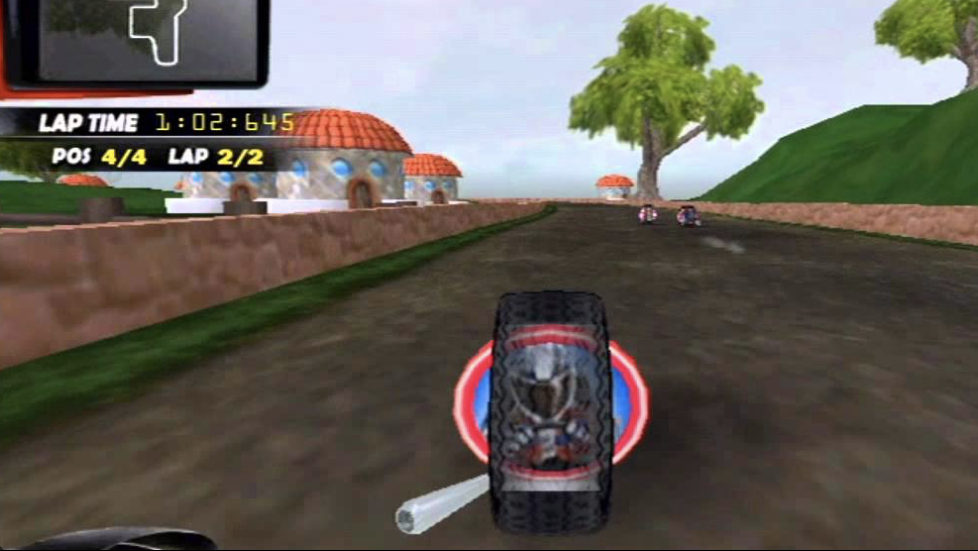
WiiWare was an attempt by Nintendo to boost the number of games available for the Wii, but there was quality control process to prevent terrible games from making it to the store. As a result, thousands of gamers spent their hard-earned money on games like SPOGS Racing, a gyroscopic racer that was borderline unplayable and hideous to look at.
Vroom in the Night Sky (2017)

Vroom in the Night Sky puts players in control of a girl riding a magical flying scooter, with points awarded for collecting items called “Stardusts” and doing “cool moves” (no, seriously, that’s the actual terminology used by the game). Reviews haven’t been kind, with one critic labelling it “insulting,” while another succinctly described it as “a steaming pile of s**t.”
Charlie’s Angels (2003)
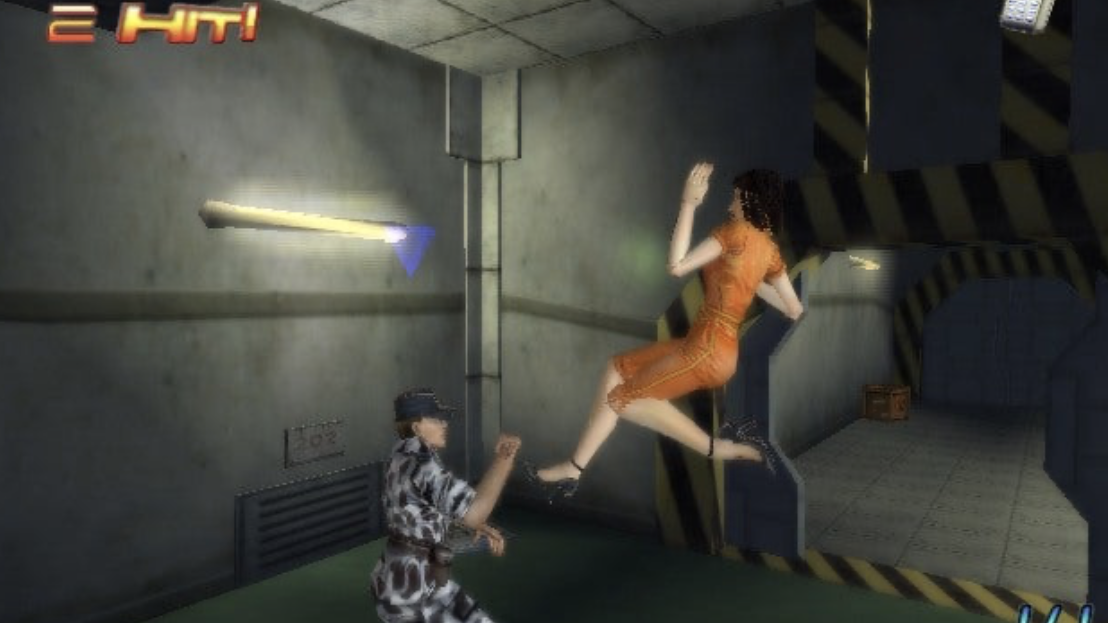
The early 2000s saw some genuinely great video games based on blockbuster movies, but Charlie’s Angels was not one of them. The lowest rated GameCube game on Metacritic, Charlie’s Angels suffered from a fatal combination of boring gameplay, terrible AI and graphics so bad you could rarely tell which of the Angels you were playing as.
Leisure Suit Larry: Box Office Bust (2009)
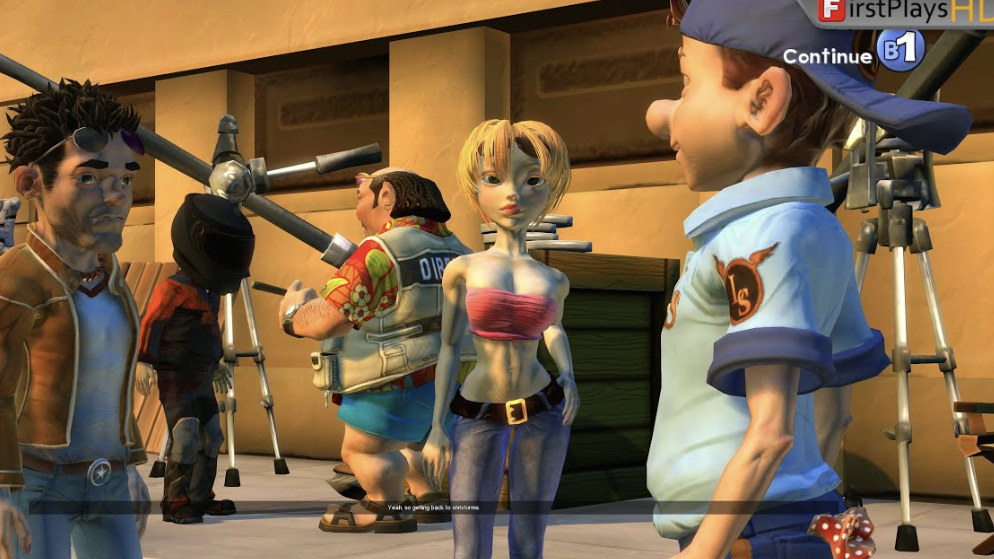
The Leisure Suit Larry games aren’t exactly known for delivering cerebral humor, but 2009’s Box Office Bust proved that the franchise hadn’t run out of lows to sink to. Astonishingly, the game managed to be more misogynistic than previous titles, despite dropping the gratuitous nudity that the series was famous for.
Yaris (2007)

As you can probably guess from its title, Yaris is basically a playable commercial for the Toyota Yaris. Despite the fact that Yaris’s are famously dull, Toyota evidently thought that people would enjoy playing an excessively difficult, rampantly buggy game in which the only vehicle option was the world’s most sensible family car.
Universal Studios Theme Park Adventure (2001)
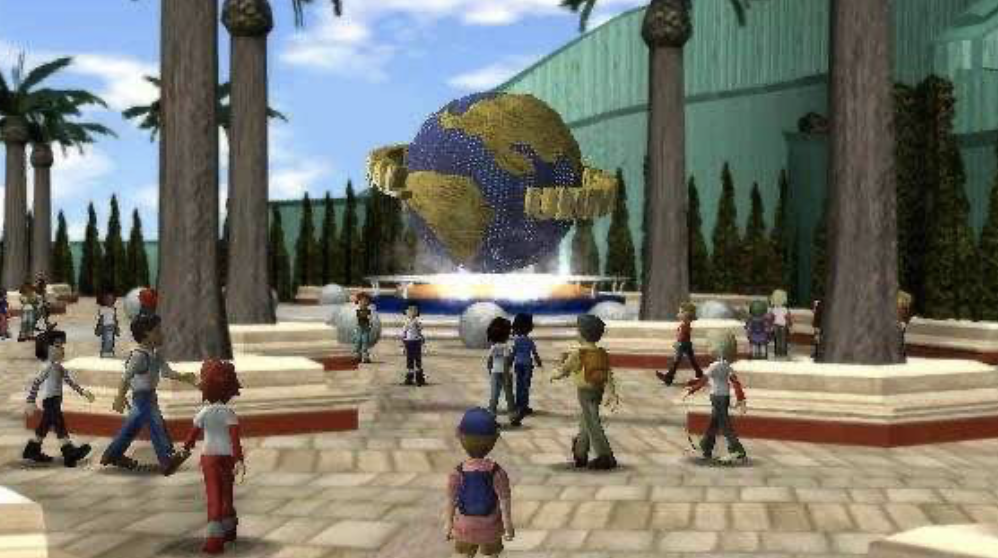
Before players of Universal Studios Theme Park Adventure can even access any of the game’s rides, they first have to spend considerable amounts of time roaming the park picking up litter. This is actually kind of appropriate, as working through the series of lazily thought out mini games that serve as the main event quickly starts to feel a bit like collecting garbage.
Gravity Games Bike: Street Vert Dirt (2002)
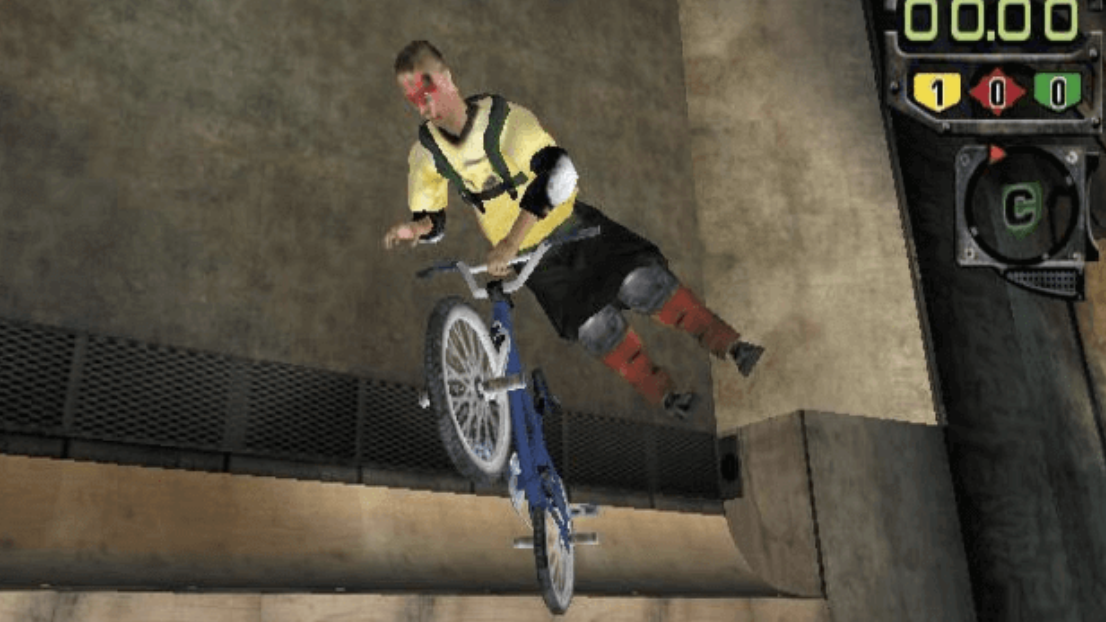
An obvious attempt to do for BMXing what the Tony Hawks games did for skateboarding, Gravity Games Bike: Street Vert Dirt (there’s a tongue twister) attempted to copy the same formula, but failed to stick the landing. While Pro Skater’s counterculture edginess felt authentic, Gravity Games Bike felt forced and commercial, and the gameplay was marred by consistently terrible controls.
Party Game Champions (2012)

The Nintendo Wii made gaming appealing to a lot of people who weren’t interested in more traditional games, and companies took advantage of this new, naive market by rushing out offerings that were often barely functional. One such example is 2012’s Party Game Champions, which came with a shockingly small number of game modes, none of which were fun.
Daikatana (2000)

With the co-creator of Doom at the helm, Daikatana seemed poised to be the next big action franchise. Unfortunately, the title completely failed to live up to the hype. One of the most serious problems was the game’s woeful AI, with players’ companions frequently causing them to fail levels with their moronic behavior.
Ride to Hell: Retribution (2013)
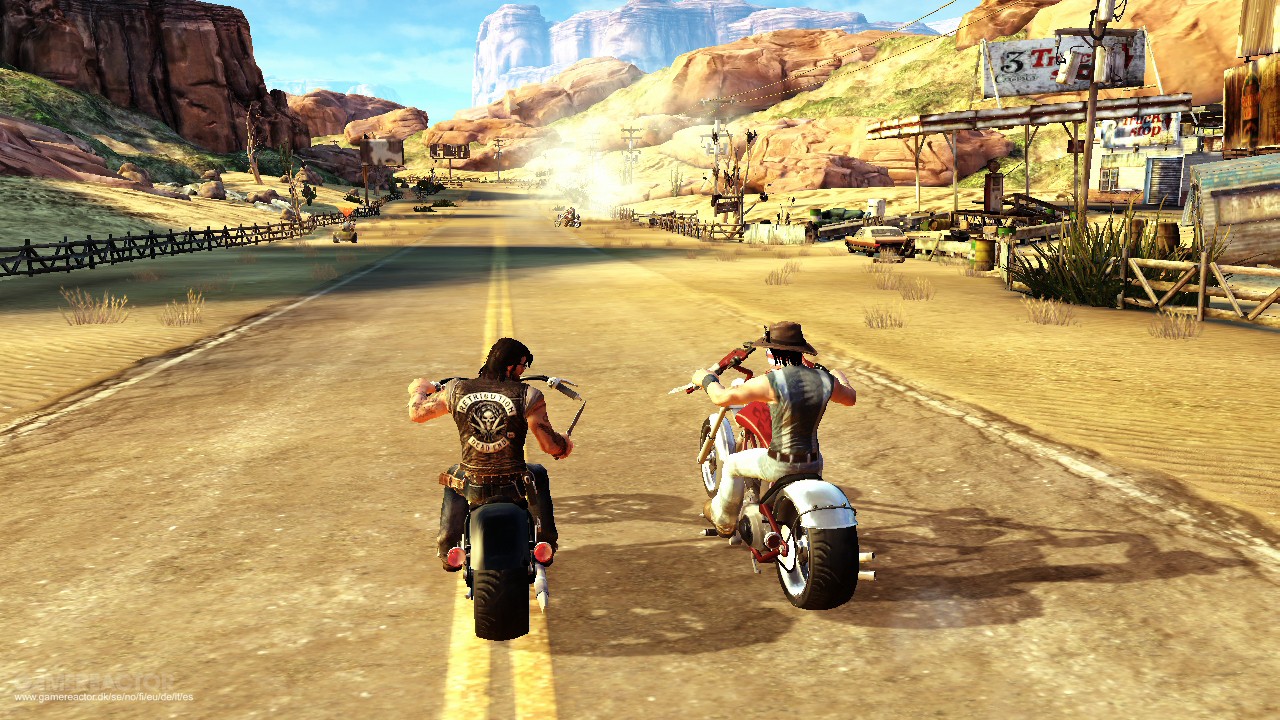
Forget riding to Hell, this game takes you straight there. A transparent attempt to cash in on Sons of Anarchy’s popularity, Ride to Hell: Retribution was roasted for its amateurish voice acting, outdated graphics and boring gameplay. The game also features some genuinely bizarre sex scenes that are as inexplicable as they are cringey.
NBA Unrivaled (2010)
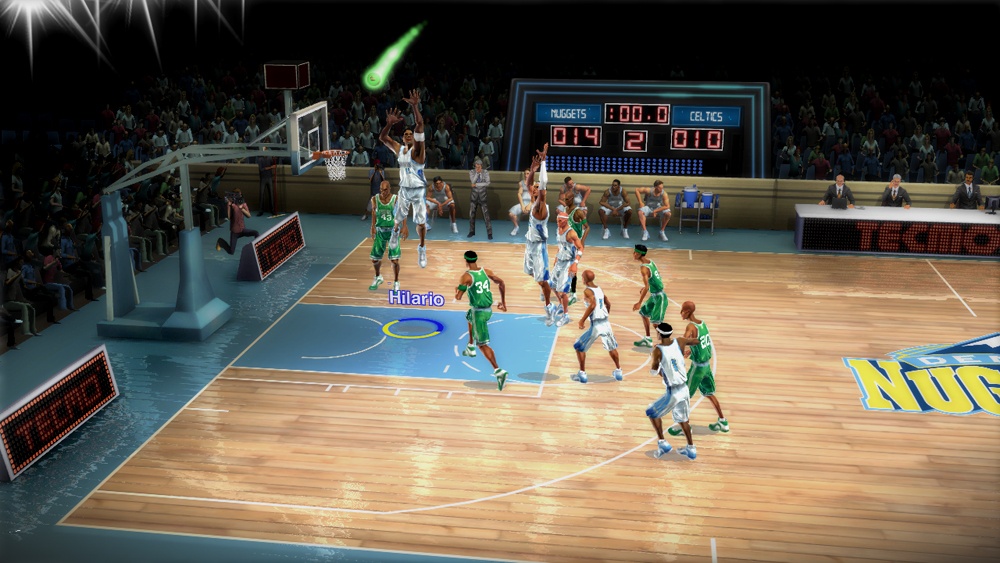
Designed to replicate the formula of the NBA Jam arcade game for consoles, NBA Unrivaled was hamstrung by dodgy mechanics, bad physics and unresponsive controls. EA also happened to release an official NBA Jam reboot the same year, which highlighted quite how terrible Unrivaled really was.
Fast & Furious: Showdown (2013)

Another movie tie in that banked on name recognition to sell copies, a few minutes of gameplay are all that’s needed to understand how little effort went into Fast & Furious: Showdown. Worse, Showdown actually adds narrative details to the F&F franchise, forcing dedicated fans to play through the entire dumpster fire of a game.
50 Cent: Bulletproof (2005)
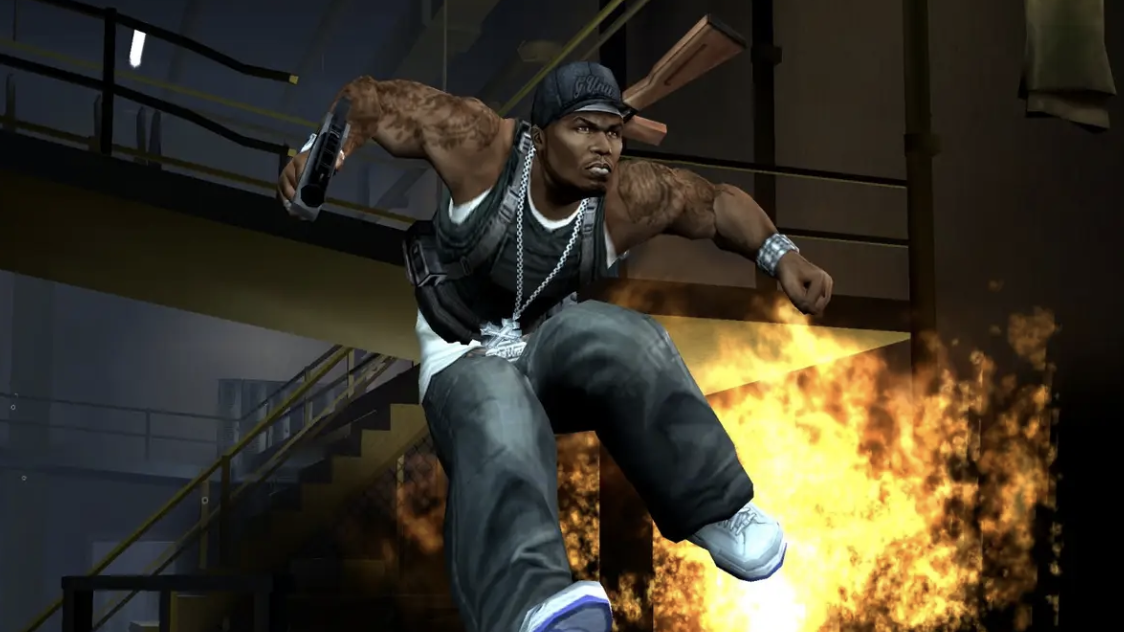
50 Cent: Blood in the Sand was a remarkably good game, and most fans have forgotten that it actually has a dismal predecessor. Once the novelty of playing as Fiddy wears off, 50 Cent: Bulletproof reveals itself as a badly designed, fatally flawed shooter that is rightly remembered as one of the worst games ever made.
Hatred (2015)
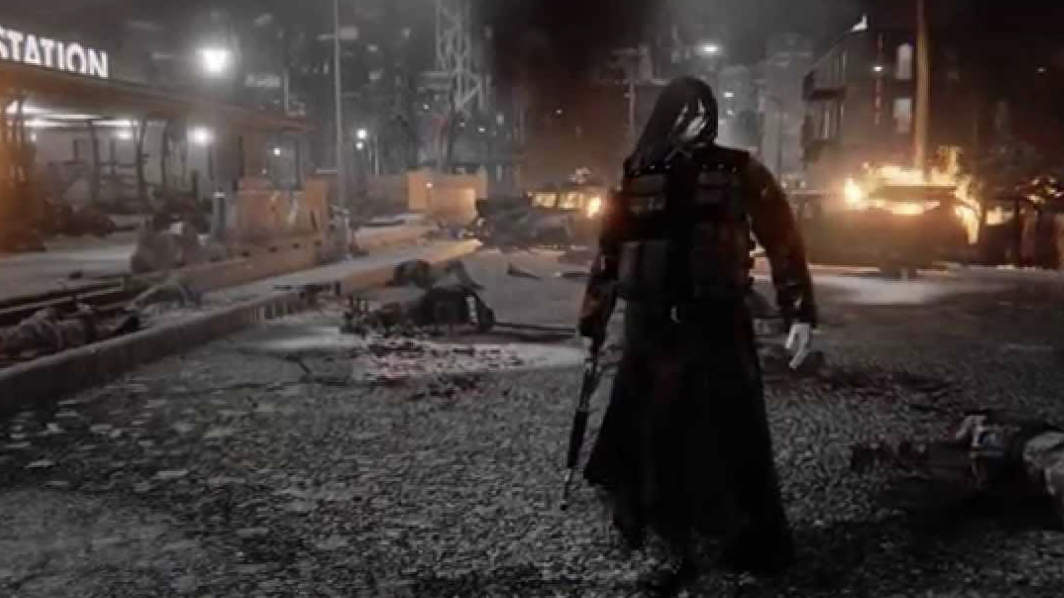
Controversy can be a powerful marketing tool (see: Manhunt), but it has to be backed up by solid gameplay. This lesson clearly wasn’t internalized by the makers of Hatred, who invested all their time into making the game as violent as possible, without bothering to actually make it fun. As it turns out, playing as a rampaging psychopath just isn’t that shocking when the gameplay bores you to tears.
Knack (2013)
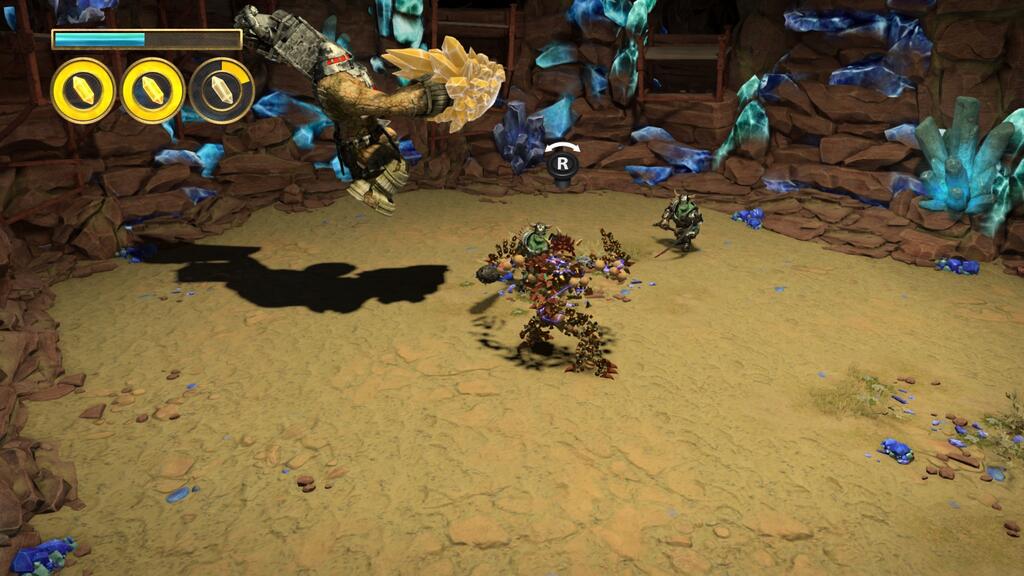
Eager to prove that platforming games still had their place in the age of next-gen consoles, Sony commissioned Mark Cerny – whose work includes franchises like Sonic the Hedgehog and Crash Bandicoot – to develop a new, original title. That title was Knack, and it was a resounding disappointment, with criticism focussing on its unintuitive mechanics and punishing difficulty.
Resident Evil 6 (2012)
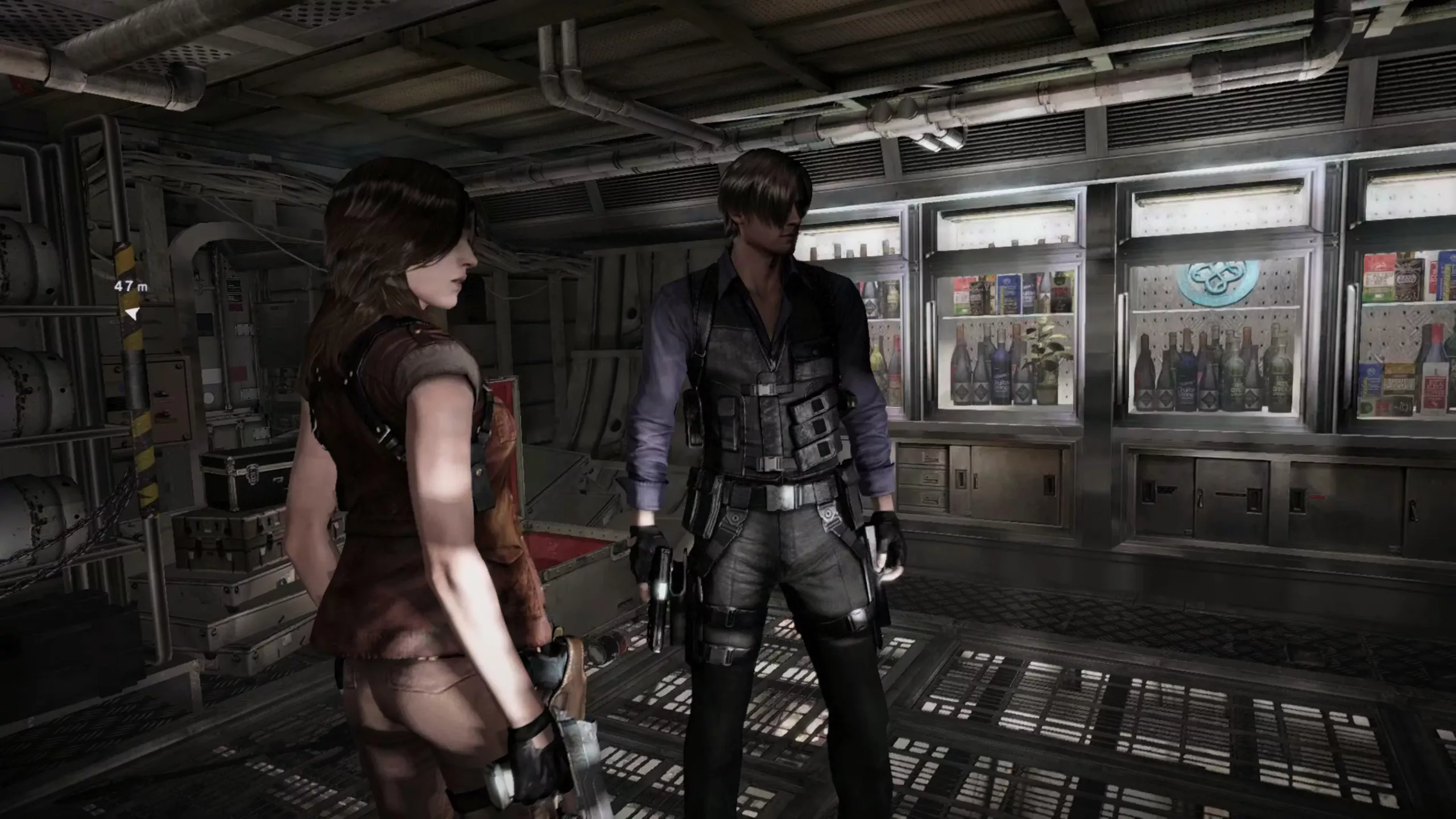
Aware that the franchise was hemorrhaging fans, Capcom promised to release a Resident Evil game that took the series back to its survival-horror roots. Instead, they delivered Resident Evil 6, a soulless spectacle which traded scares for flashy, extravagant set-pieces and more gratuitous explosions than a Michael Bay movie.
Rise of the Robots (1994)
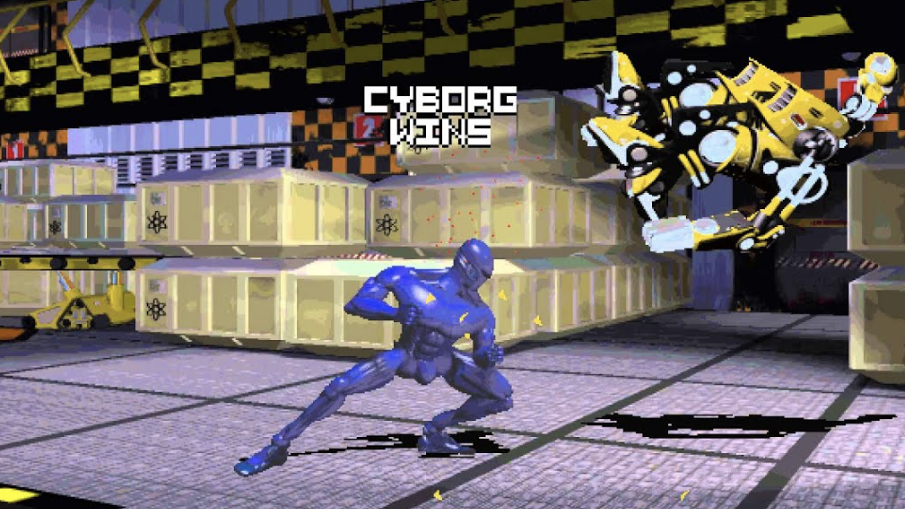
Rise of the Robots was one of the first games to feature properly rendered 3D models, and it generated a lot of hype. Unfortunately, it soon turned out that the flashy veneer was hiding completely broken mechanics, and it’s retrospectively come to be viewed as one of the worst games of all time.